The Versatility of Modern Bathroom Lighting
The LED bathroom mirror has evolved from a basic functional item to a centrepiece of bathroom design, combining advanced illumination, smart technology, and aesthetic appeal. With the global LED bathroom mirror market projected to reach $5.16 billion by 2030, growing at a CAGR of 10.63%, these fixtures are revolutionising residential and commercial spaces. Their versatility extends beyond traditional vanity applications, offering solutions for compact bathrooms, luxury spas, and even healthcare environments. This guide explores the optimal installation locations, technical considerations, and design innovations that make LED mirrors a transformative element in modern interiors.
Technical Specifications and Market Overview
Key Features of Modern LED Mirrors
Illumination Quality: Premium models offer 95+ CRI (Colour Rendering Index) and adjustable colour temperatures (3000K–5000K) for accurate skin tone representation.
Smart Connectivity: 45% of new models include Bluetooth speakers, anti-fog systems, and voice control compatibility (Alexa/Google Assistant).
Energy Efficiency: Consume 8–12W power versus 60W for incandescent lighting, saving $25+ annually in energy costs.
Safety Standards: Require dedicated 20-amp GFCI circuits per NEC 2023 guidelines.
Market Growth Drivers
Residential Demand: 68% of bathroom renovations now include LED mirrors, driven by space optimisation needs.
Commercial Adoption: Hotels and healthcare facilities use smart mirrors for enhanced user experience and hygiene.
Innovation Pace: 42% year-over-year growth in smart features (e.g., health sensors, UV sterilisation).
Optimal Installation Locations
1. Primary Vanity Areas
Standard Placement: Centred 60–65 inches above floor level for ergonomic use by most adults.
Lighting Benefits:
Shadow-free facial illumination for grooming tasks.
The 3000K–4000K colour temperature range is ideal for makeup application.
Space Requirements: Minimum 30-inch width for single users; 48–72 inches for double vanities.
2. Compact Powder Rooms
Space-Saving Designs:
Recessed models (4–5" depth) for walls under 6 inches thick.
Corner-mounted units utilise underused spaces.
Performance Data: 18% more usable floor space compared to freestanding mirrors.
3. Luxury Spa and Wellness Areas
Ambient Features:
Chromotherapy lighting (RGB options) for relaxation.
Steam-resistant coatings for high-humidity environments.
Commercial Examples: 5-star hotels report 32% higher guest satisfaction with integrated LED mirrors.
4. Accessibility-Focused Installations
ADA Compliance:
Height-adjusted mounting (44–48 inches) for wheelchair users.
Tilt functionality (15–30 degrees) for seated viewing.
Safety Enhancements:
Low-voltage systems (12V DC) with tempered glass construction.
5. Niche and Commercial Applications
Application Special Requirements Product Examples
Medical Facilities: Antimicrobial surfaces, surgical-grade lighting, Models with UV-C sterilisation
Hospitality Suites Branded interfaces, multi-user presets, and Custom logo projection
Fitness Centres Shock-resistant mounting, high-humidity operation, IP44-rated waterproof units.
Installation Guidelines by Wall Type
Drywall Installations
Support Requirements:
Mounting into studs (16" on-centre) or use of toggle bolts (50+ lb capacity).
Reinforcement plates for heavier models (>40 lbs).
Electrical Planning:
In-wall conduit for hidden wiring.
GFCI outlets within 36 inches per the NEC code.
Tile and Masonry Walls
Specialised Tools:
Diamond-coated hole saws to prevent cracking.
Epoxy-based anchors for secure mounting.
Sealing Protocols:
Silicone caulk around edges to prevent moisture intrusion.
Challenging Surfaces
Glass Block Walls: Surface-mounted brackets with adhesive backing.
Metal Studs: Self-tapping screws with steel reinforcement plates.
Uneven Walls: French cleat systems for adjustable levelling.
Regional Considerations in the US
Climate-Driven Specifications
Region Primary Challenge Recommended Solutions
Northeast Freeze-thaw cycling Insulated backing panels
Southwest Hard water deposits Hydrophobic nanocoatings
Coastal Salt-air corrosion of 316 stainless steel components
Humid Zones, Mould growth, Antimicrobial sealants
Code Compliance
California Title 24: Requires motion sensors for energy efficiency.
Florida Building Code: Hurricane-rated mounting in coastal counties.
National Electrical Code: GFCI protection within 3 feet of water sources.
Cost-Benefit Analysis
Installation Economics
Factor DIY Installation Professional Installation
Material Cost $150–$400 $450–$900
Time Investment 3–5 hours 1–2 hours
Warranty Coverage Parts only Full system (parts + labour)
Long-Term Reliability 80% success rate 99% success rate
Value Enhancement
Property Value: 2.1% average home value increase (Zillow 2025 data).
Energy Savings: 83% reduction in lighting energy use.
Water Conservation: Anti-fog features reduce towel waste (saving 1,000+ gallons annually).

Future Trends and Innovations
Emerging Technologies (2026–2030)
Health Monitoring:
FDA-cleared sensors for heart rate and blood oxygenation.
AI-powered skin health analysis.
Sustainable Design:
Solar-powered operation via integrated photovoltaic panels.
Recycled aluminium and glass composites.
Advanced Interactivity:
Holographic displays for weather/news updates.
Gesture control for touchless operation.
Market Projections
Smart Mirror Penetration: 45% of US homes by 2030.
Price Reduction: Entry-level models dropping to $120–$200 range.
Commercial Growth: 12.7% CAGR in the hospitality and healthcare sectors.
Professional Installation Checklist
Pre-Installation Assessment
Wall Structural Analysis:
Stud location verification using infrared scanners.
Load capacity calculation (minimum 2x support for weight).
Utility Mapping:
Electrical wire and plumbing detection behind walls.
HVAC ducting clearance checks.
Product Compatibility:
Voltage verification (120V standard vs. 220V for luxury models).
Size proportionality to vanity and room dimensions.
Installation Protocol
Step 1: Shut off power at the circuit breaker.
Step 2: Mark mounting points using laser levelling.
Step 3: Drill pilot holes with appropriate bits (tile/masonry).
Step 4: Secure mounting bracket to studs or anchors.
Step 5: Connect wiring via junction box (black-black, white-white, ground-green).
Step 6: Hang the mirror and test all functions.
Post-Installation Validation
Lighting Tests: Uniformity check using a lux meter (target: 800–1200 lux).
Safety Checks: GFCI trip verification and water splash testing.
User Training: Demonstration of touch controls/voice commands.
Conclusion: Strategic Integration for Maximum Impact
The LED bathroom mirror represents a convergence of functionality, technology, and design that enhances virtually any bathroom environment. From compact powder rooms to luxury spas, its adaptability makes it a valuable addition to modern homes and commercial spaces. With proper installation—considering structural requirements, regional codes, and user needs—these mirrors deliver lasting benefits in energy efficiency, safety, and aesthetic appeal.
As the market continues to innovate with health monitoring and sustainability features, LED mirrors will increasingly become central to the smart home ecosystem. For optimal results, homeowners should consult certified electricians for complex installations and prioritise models with UL listing and warranty protection.
Key Takeaways:
Ergonomics: Height and placement directly impact usability and safety.
Compliance: Adherence to NEC and local codes prevents hazards.
Technology: Smart features should align with user lifestyle needs.
Value: Quality installation protects long-term investment and performance.
Sources & Citations:
Global LED Bathroom Mirror Market Report (2025-2031)
NKBA Bathroom Design Guidelines 2025
NEC National Electrical Code 2023
EPA WaterSense Conservation Data
UL Safety Standards for Bathroom Lighting

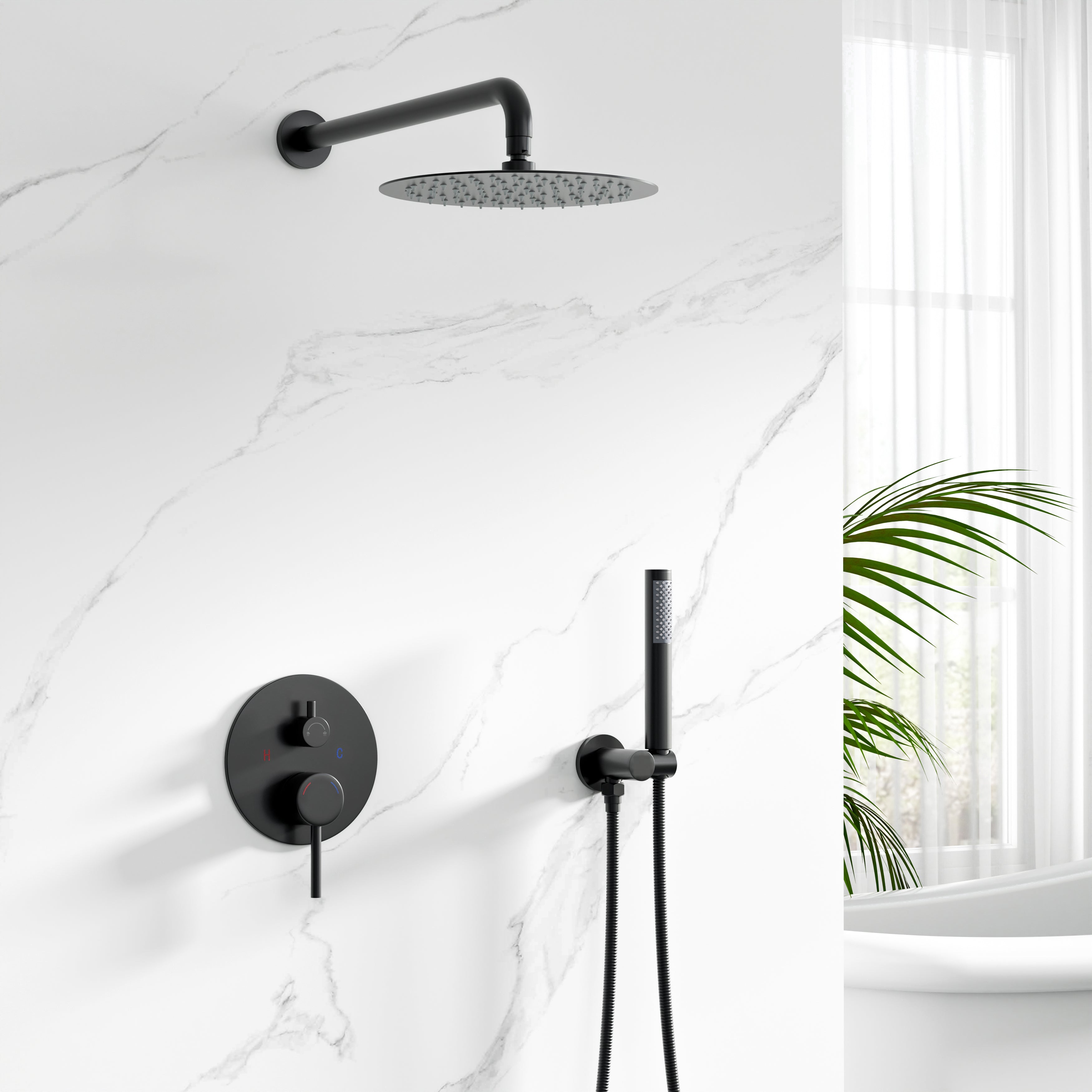
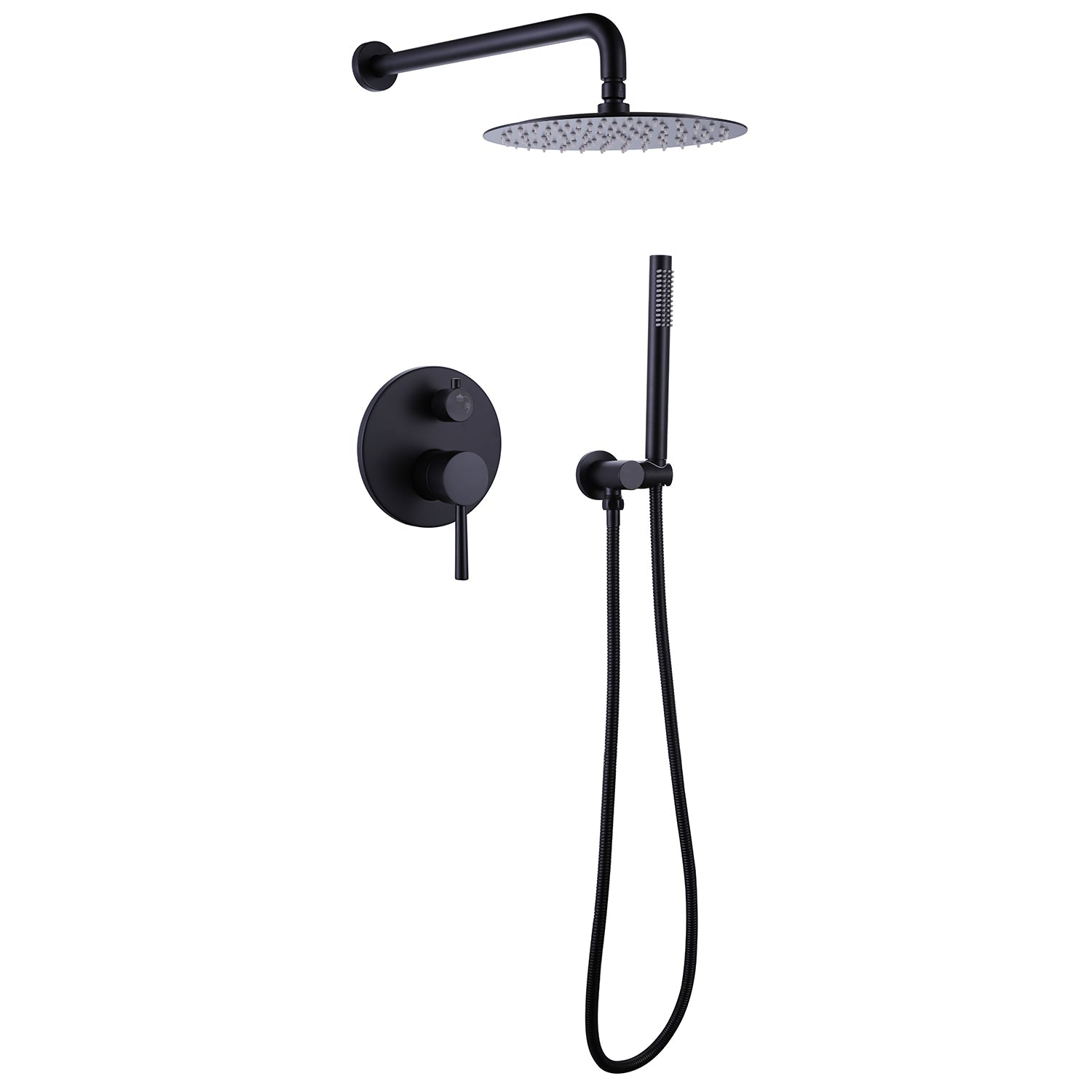


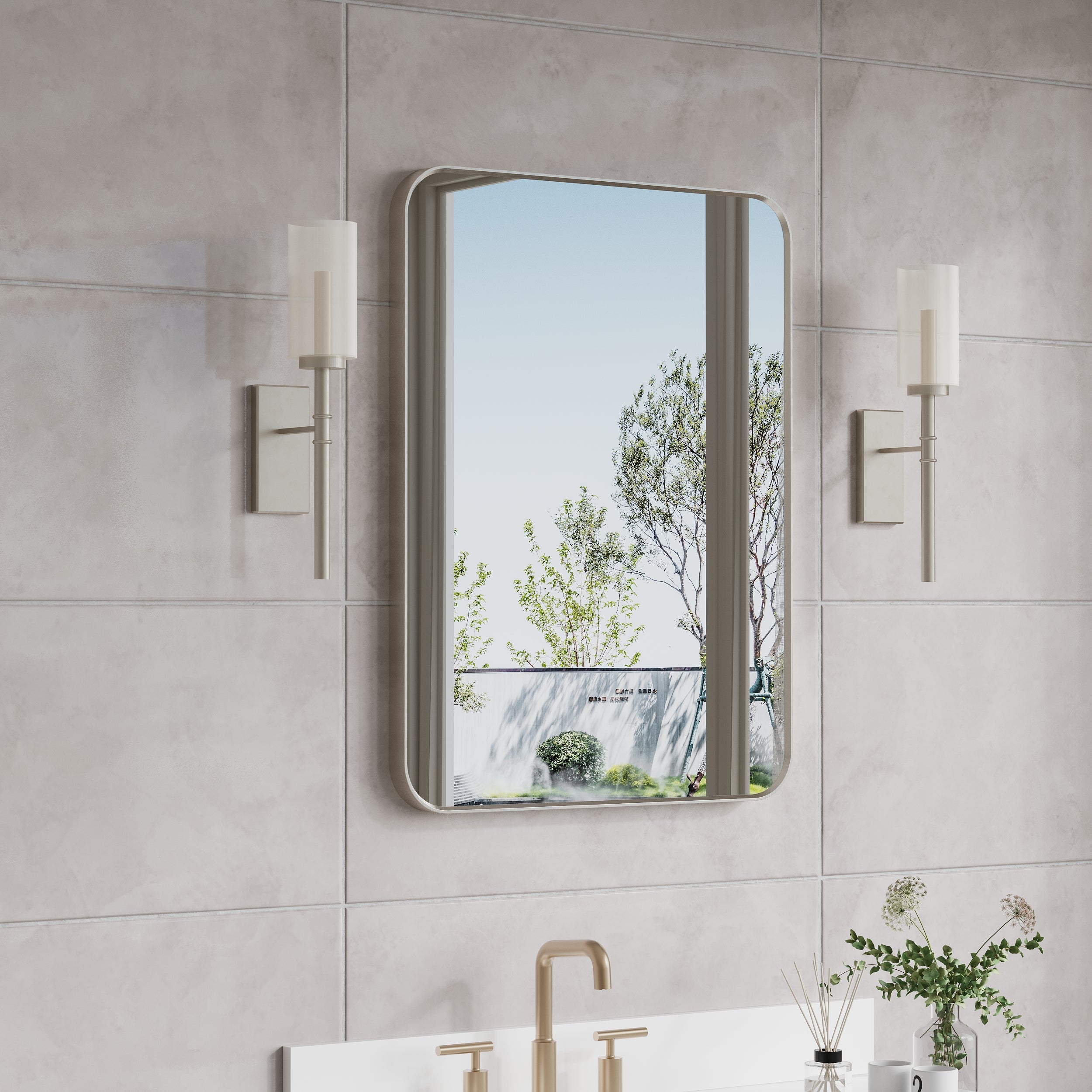
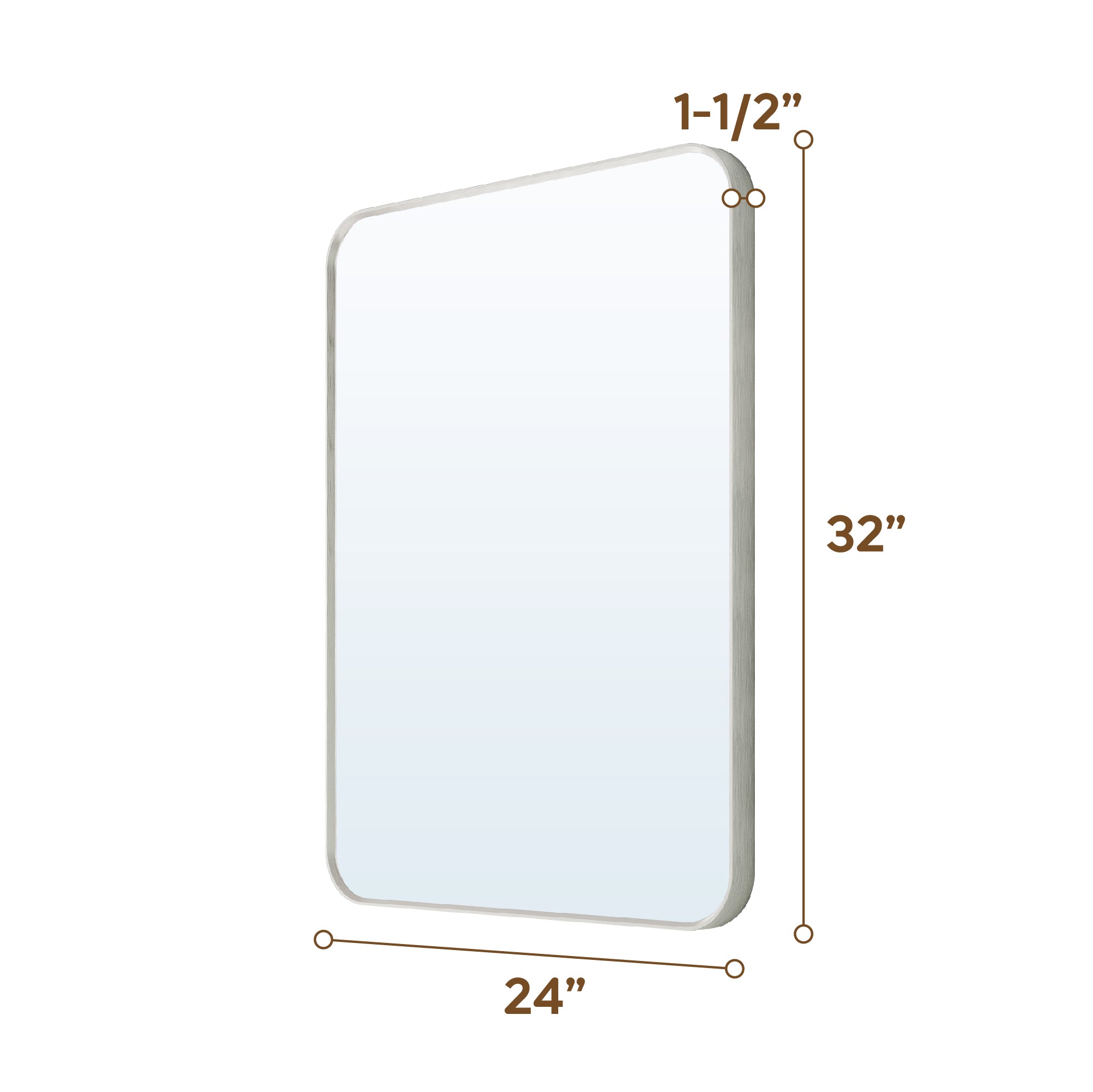

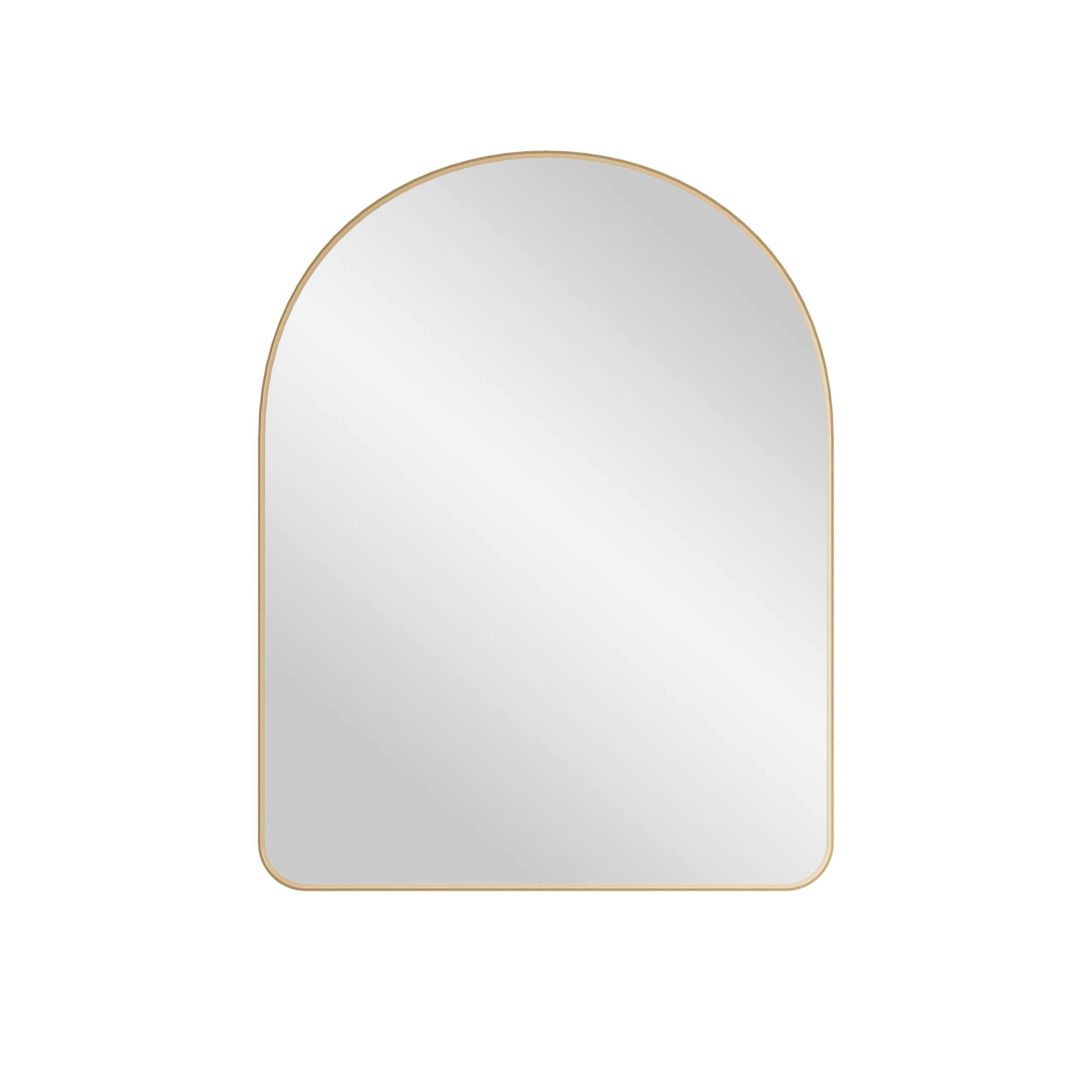


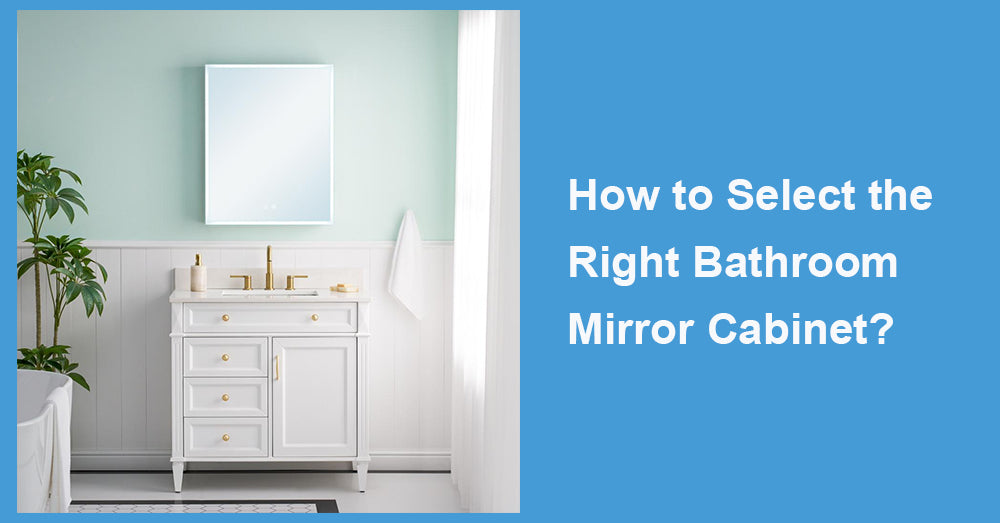
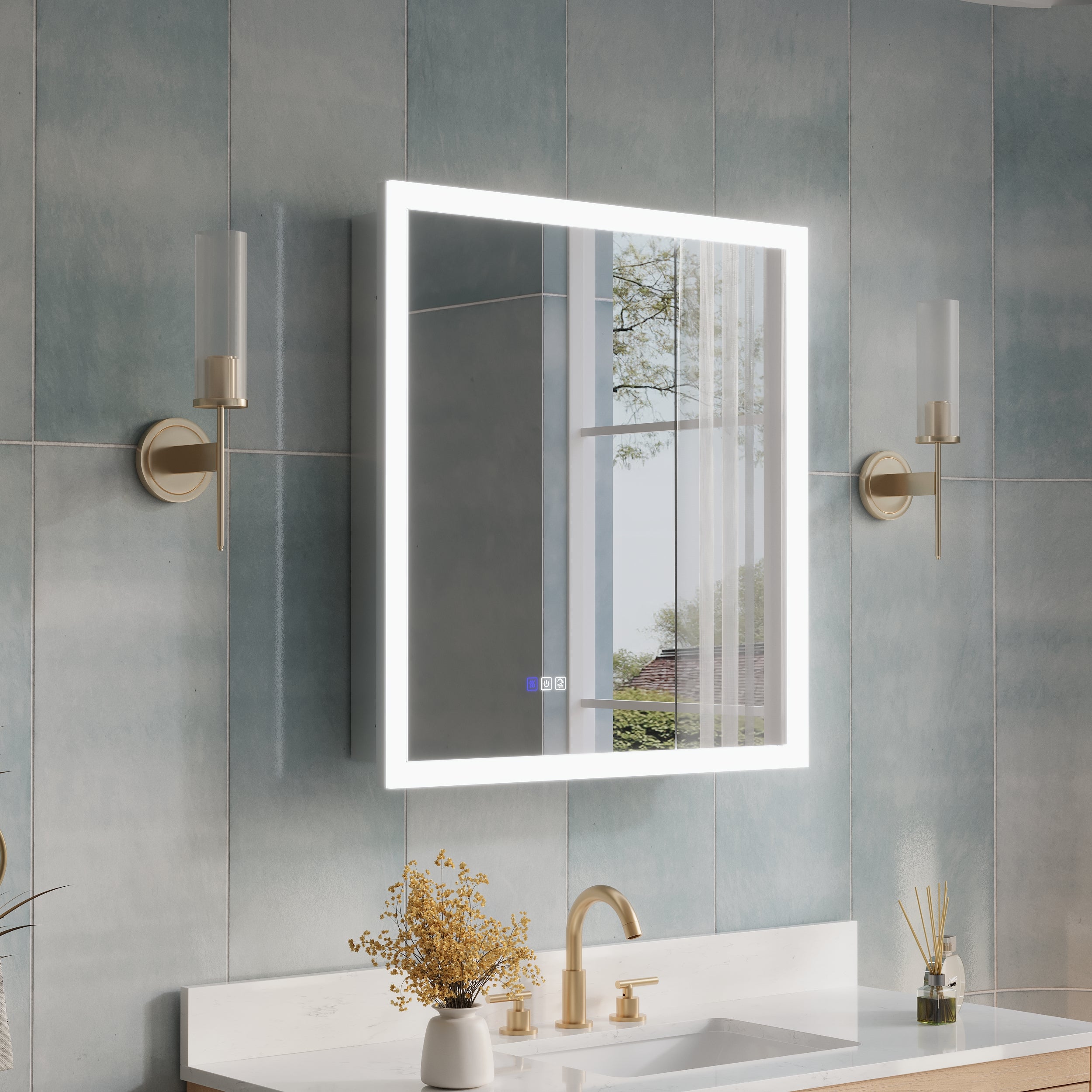
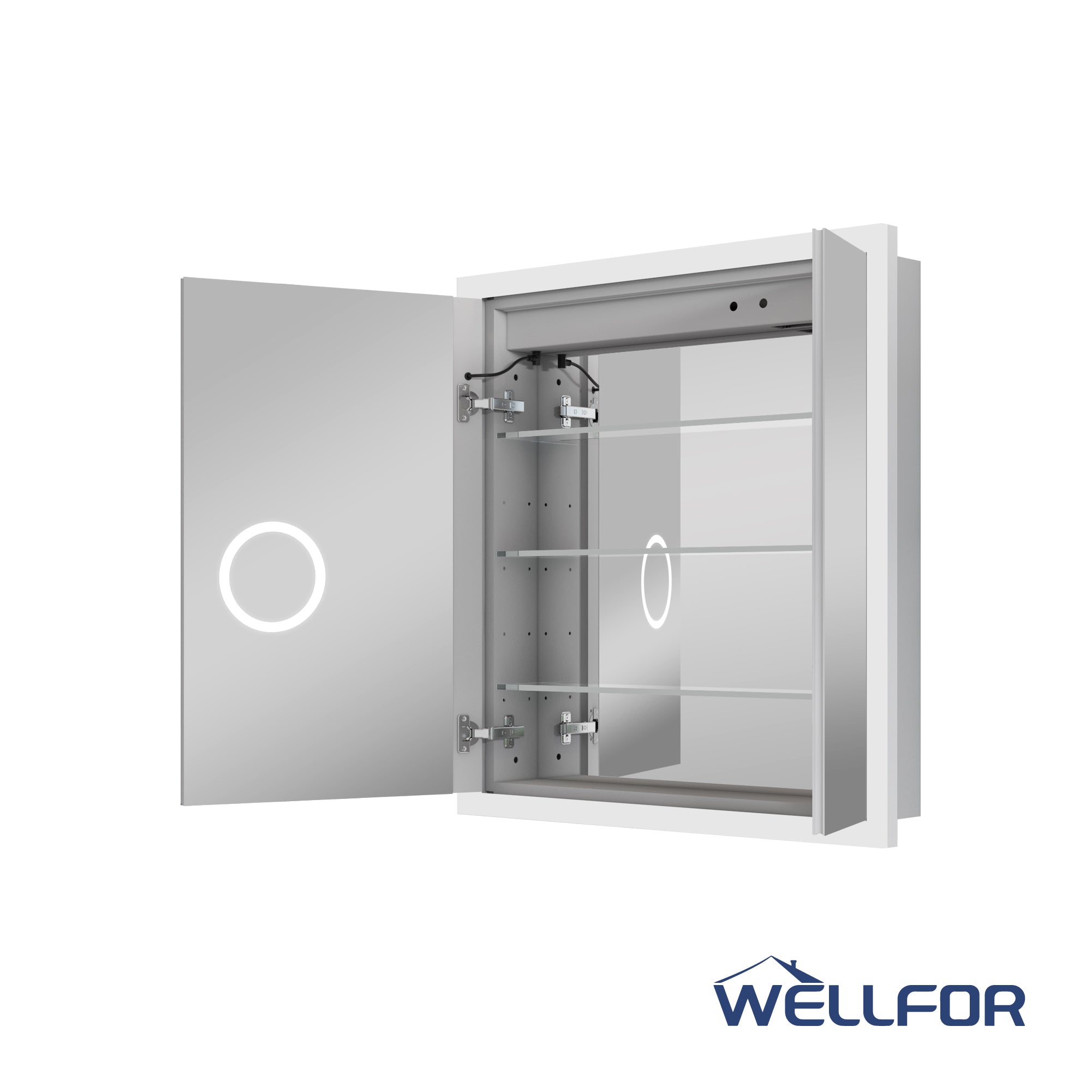
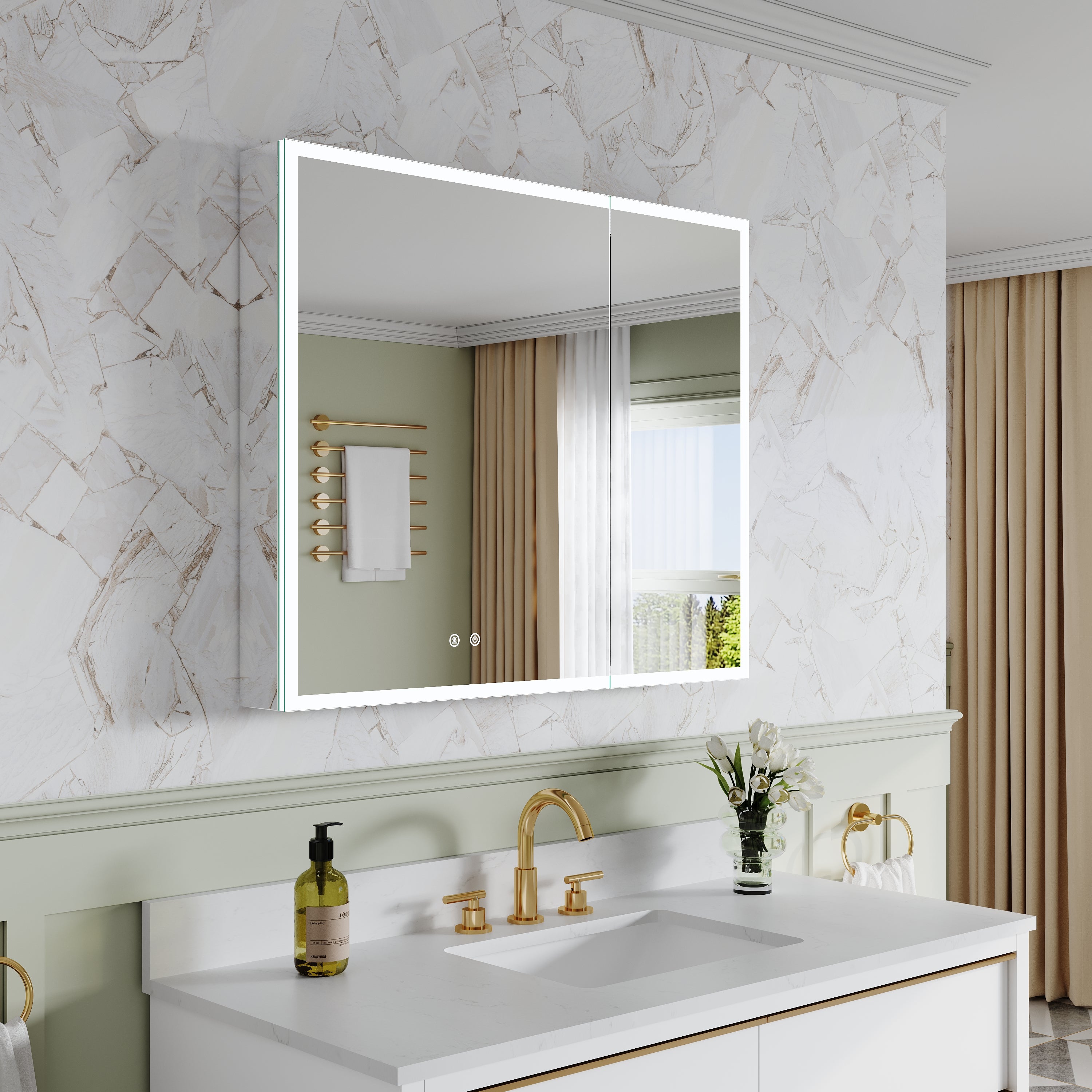
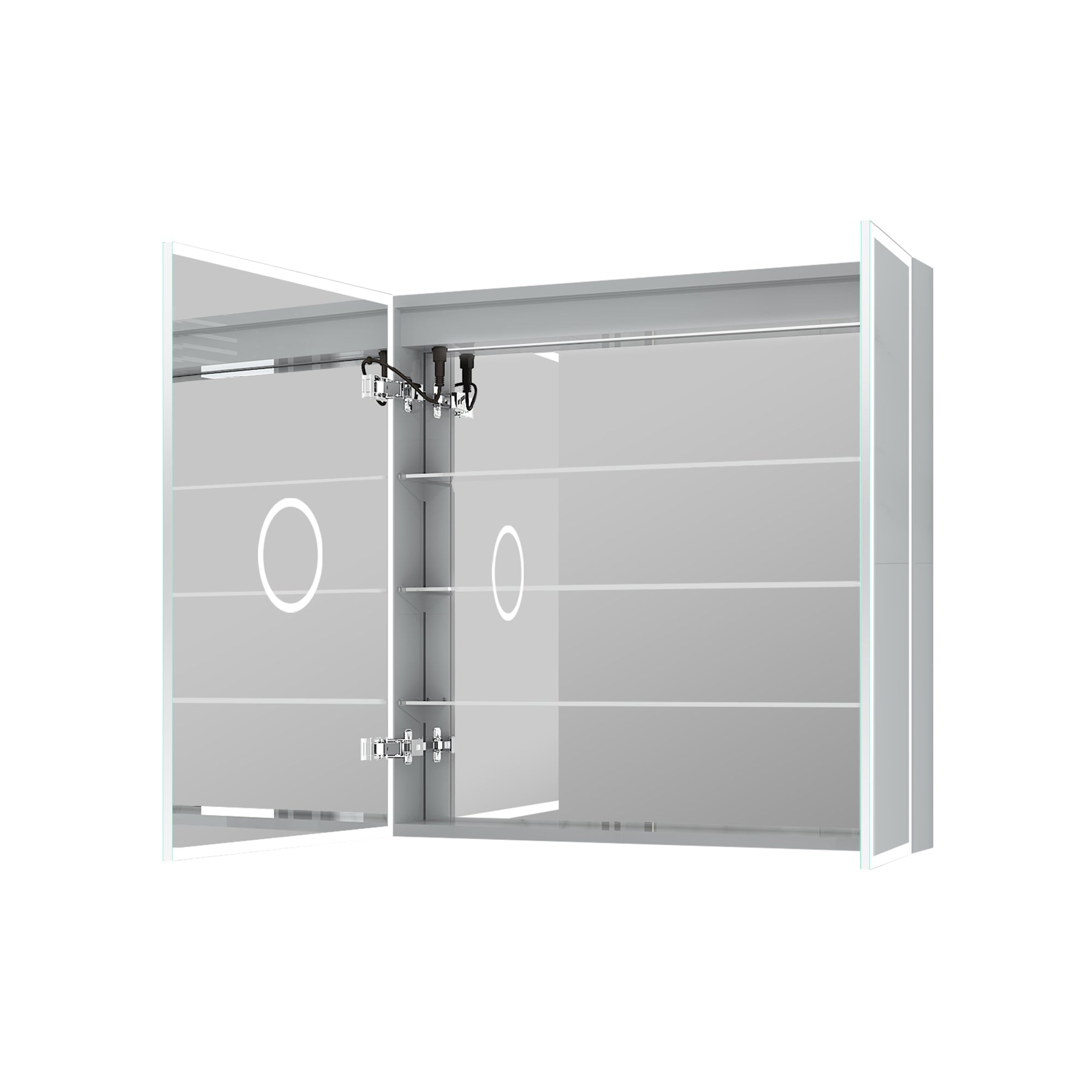
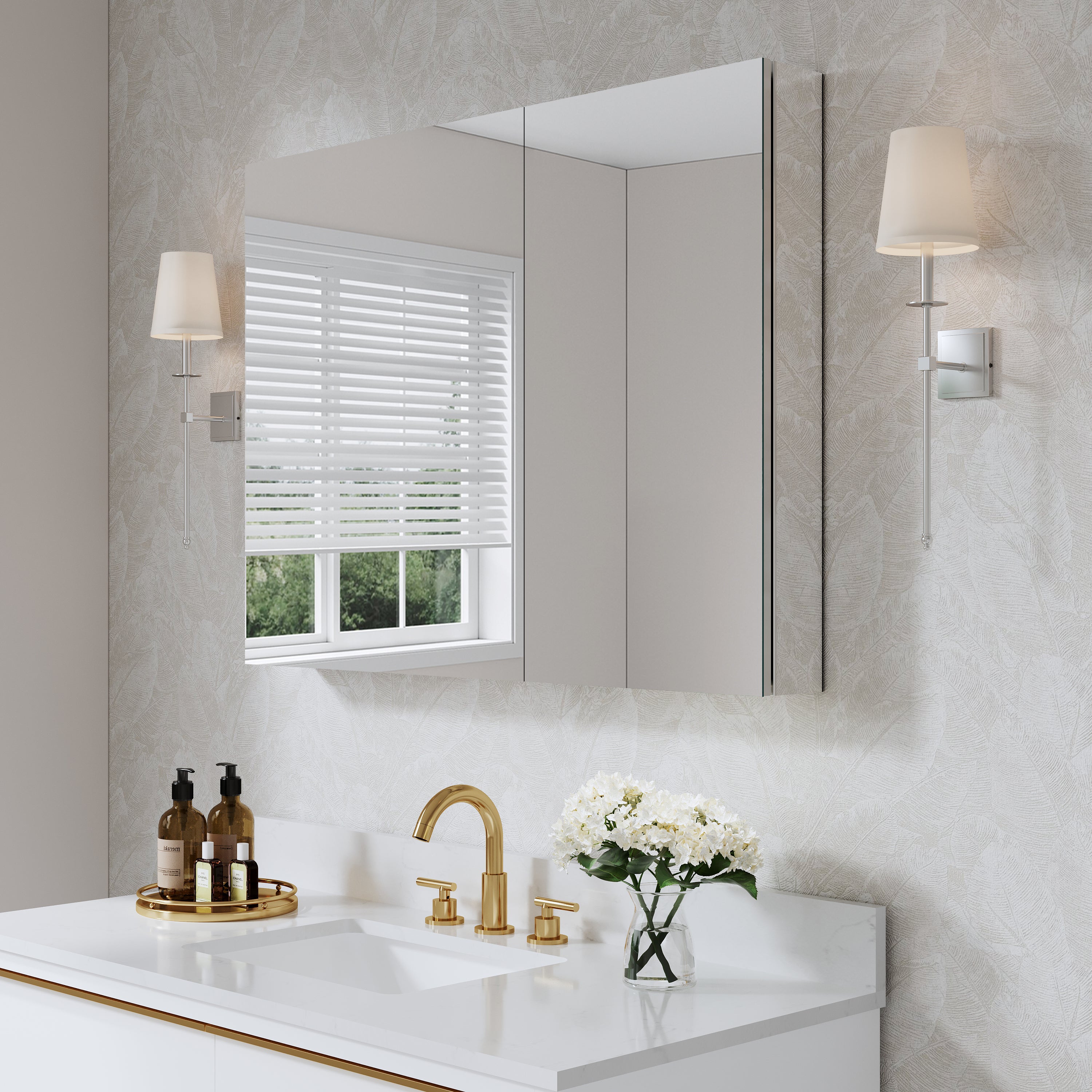

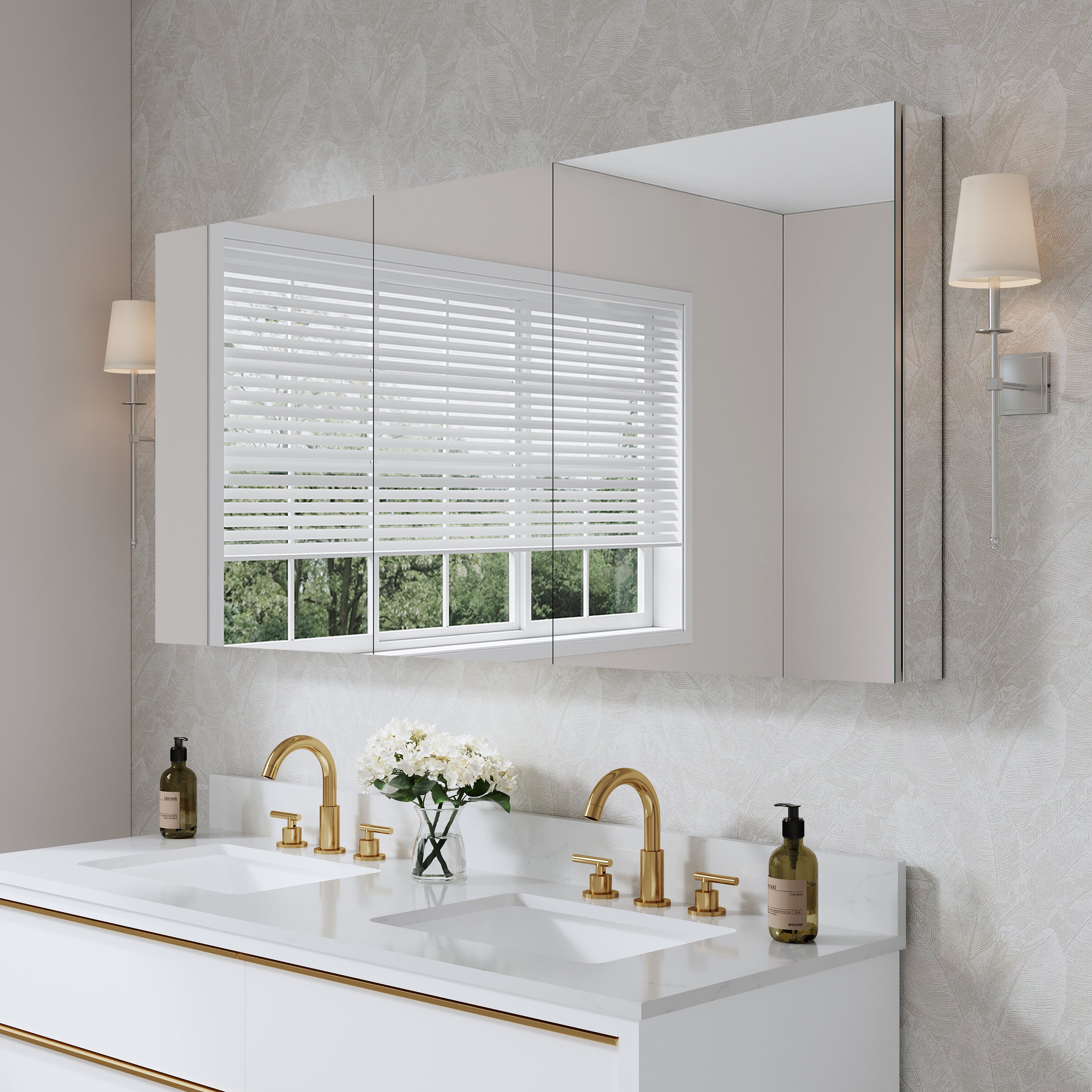

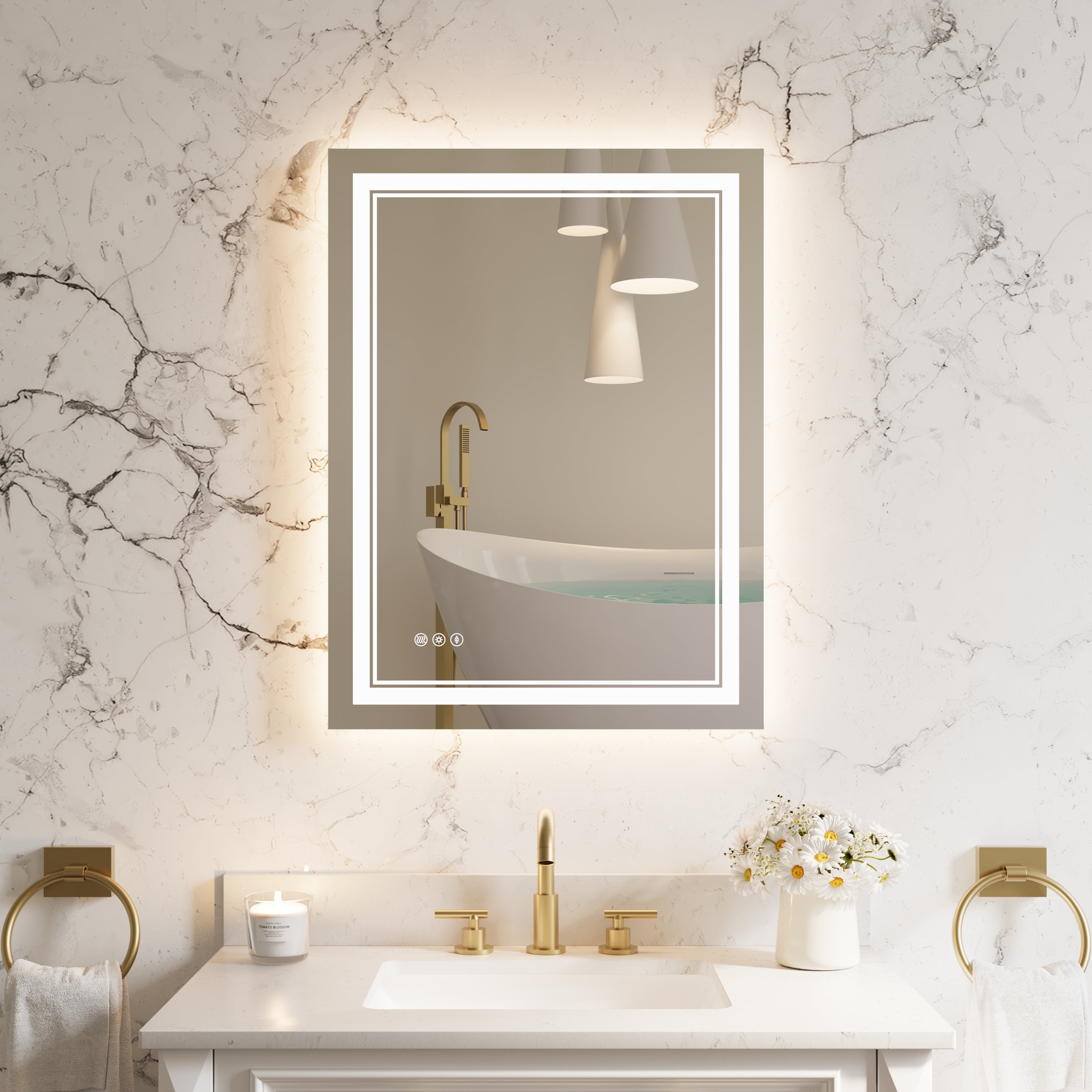
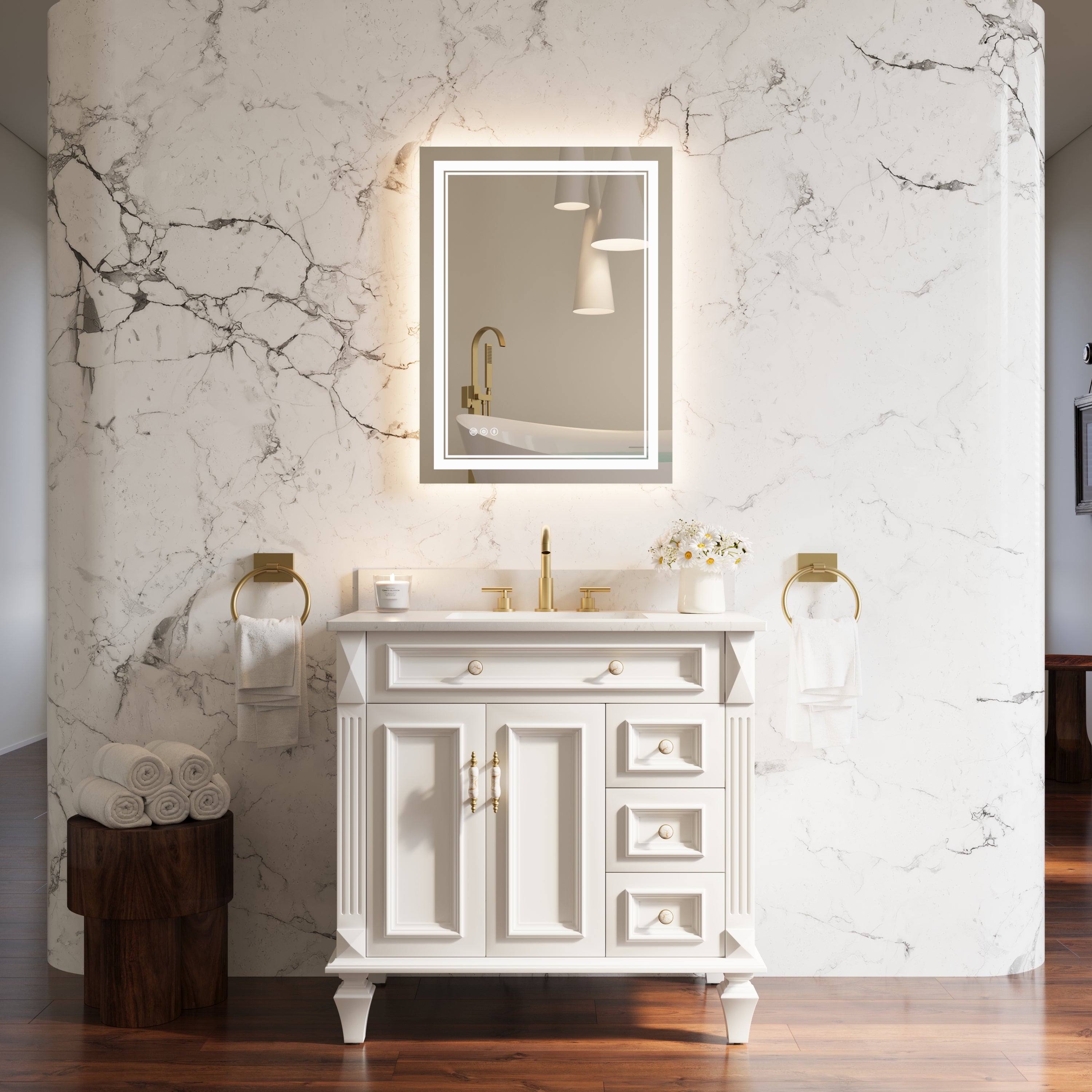
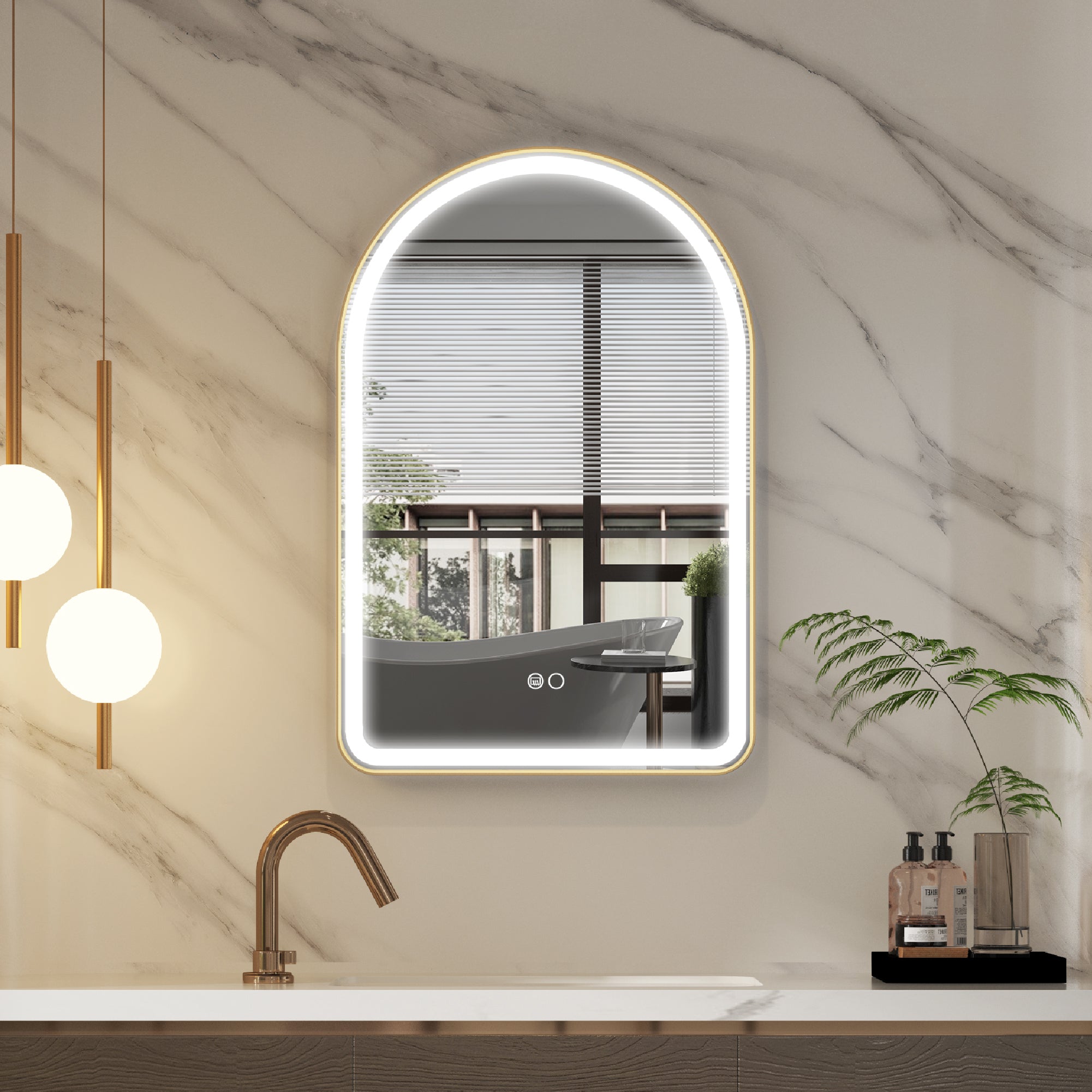
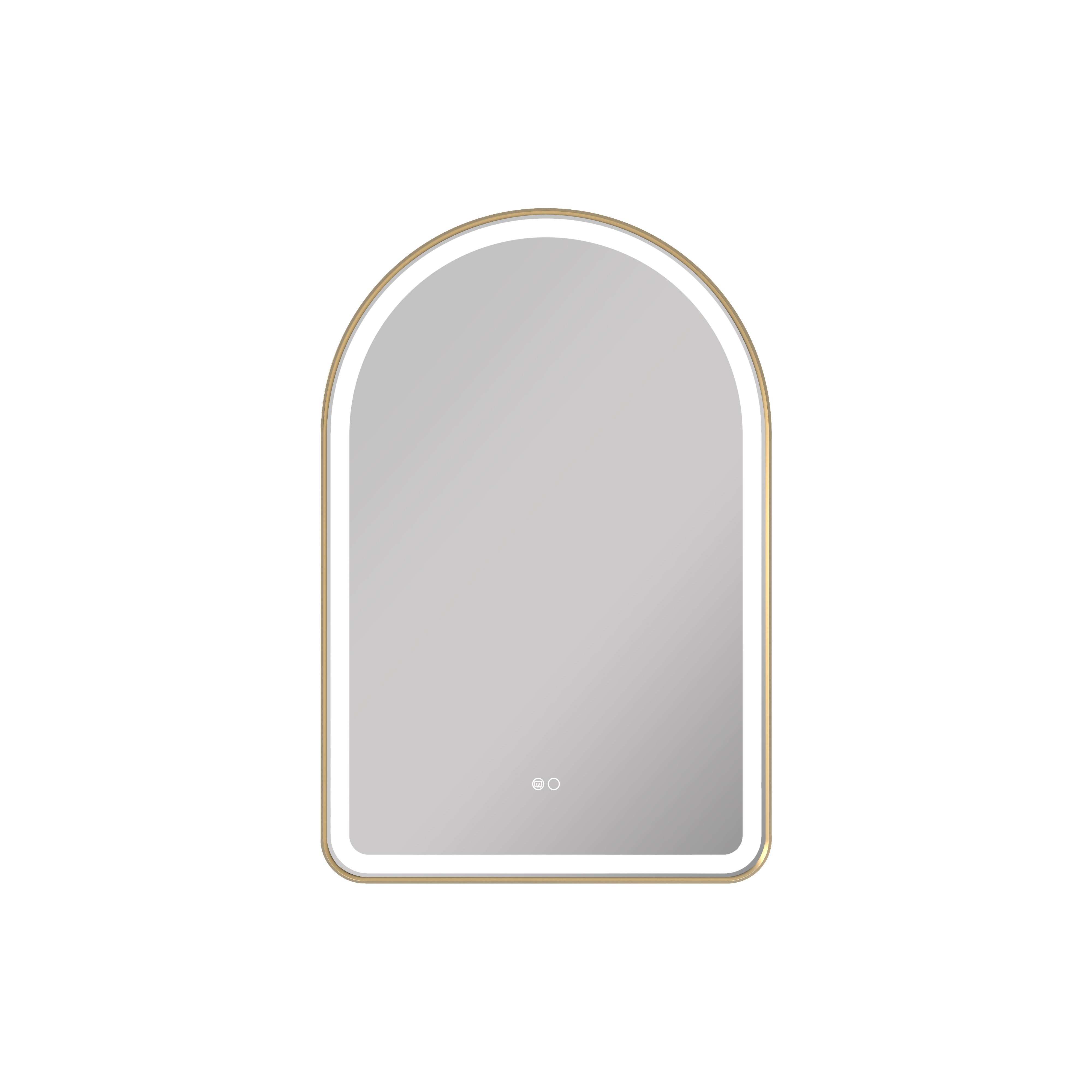
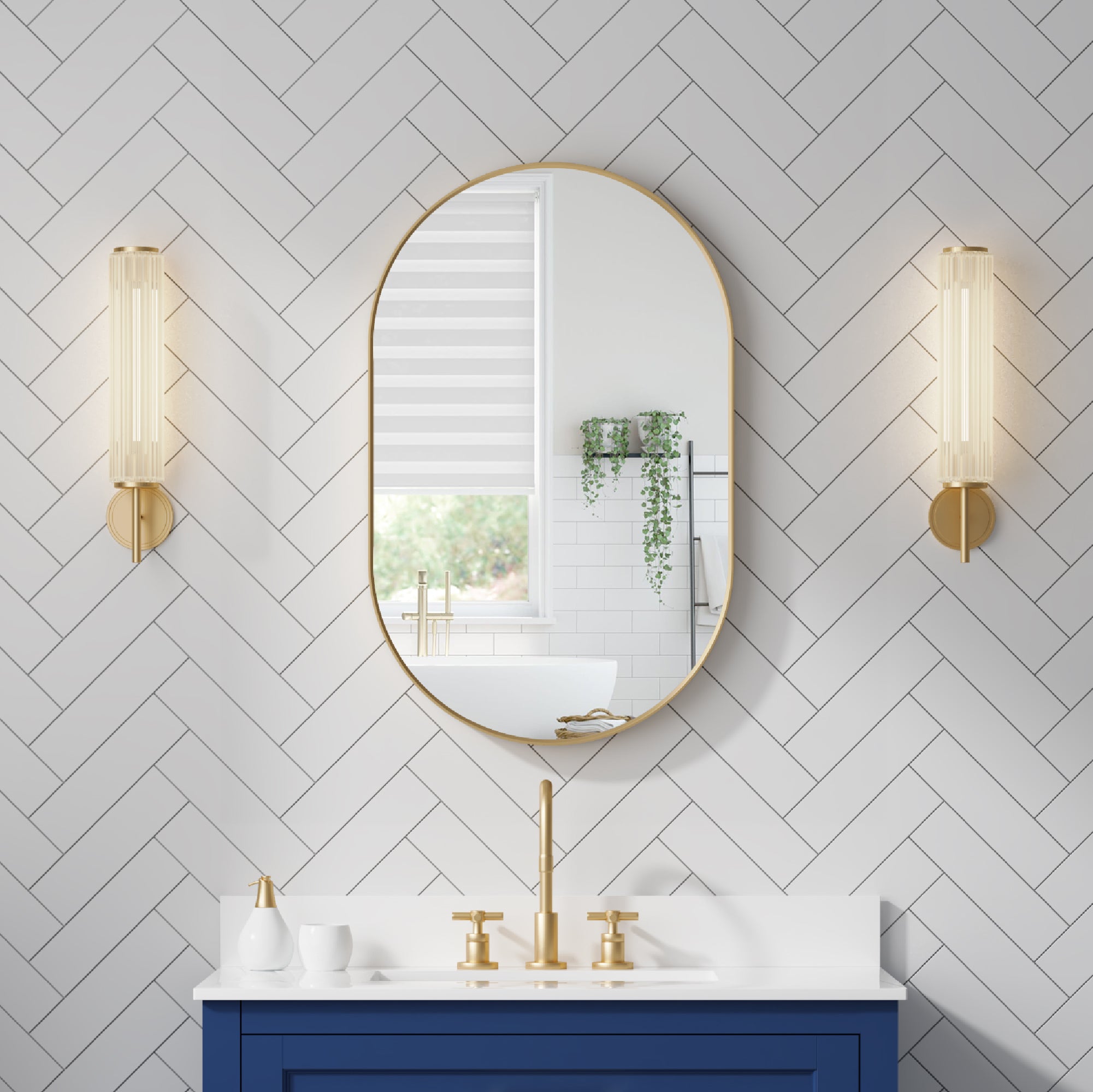
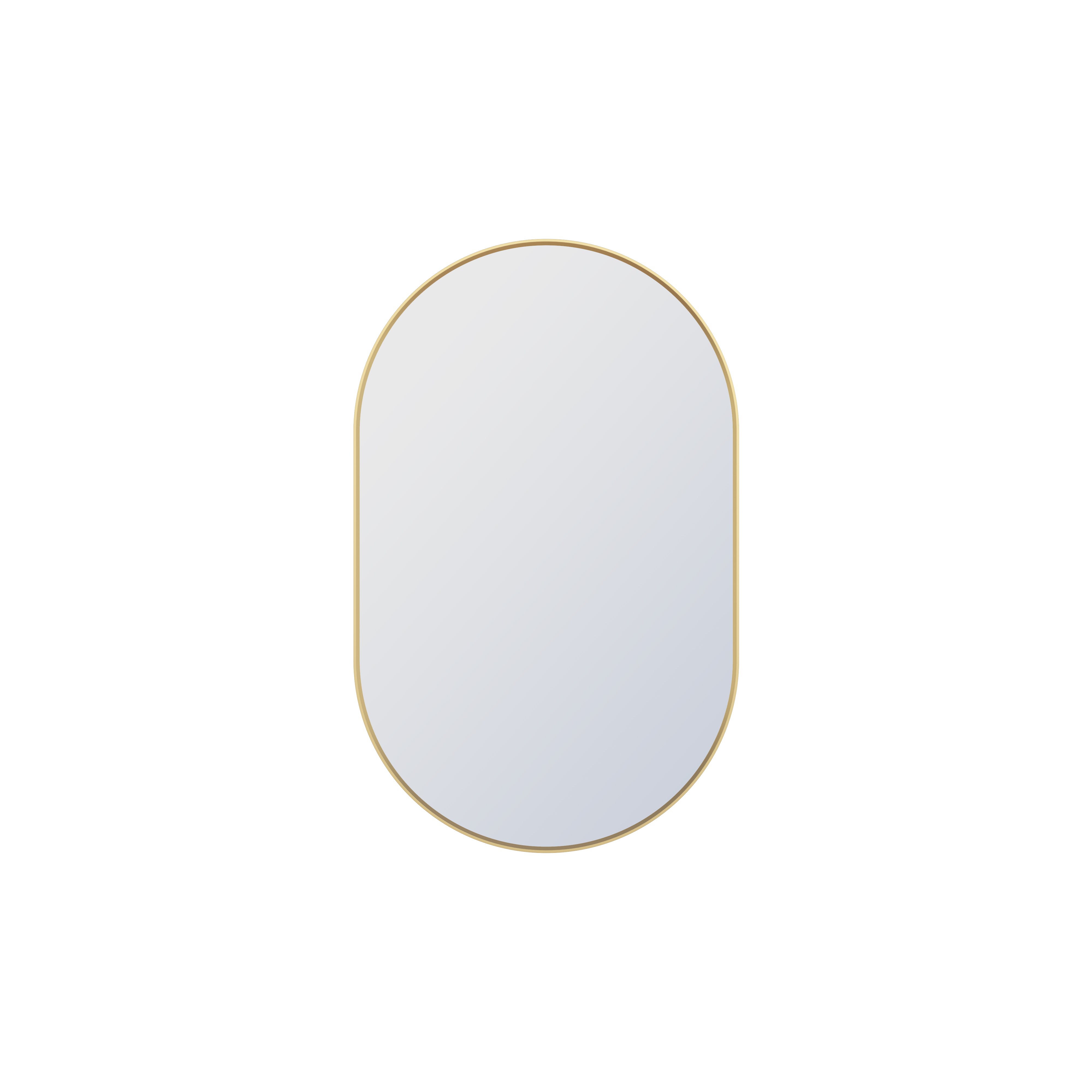


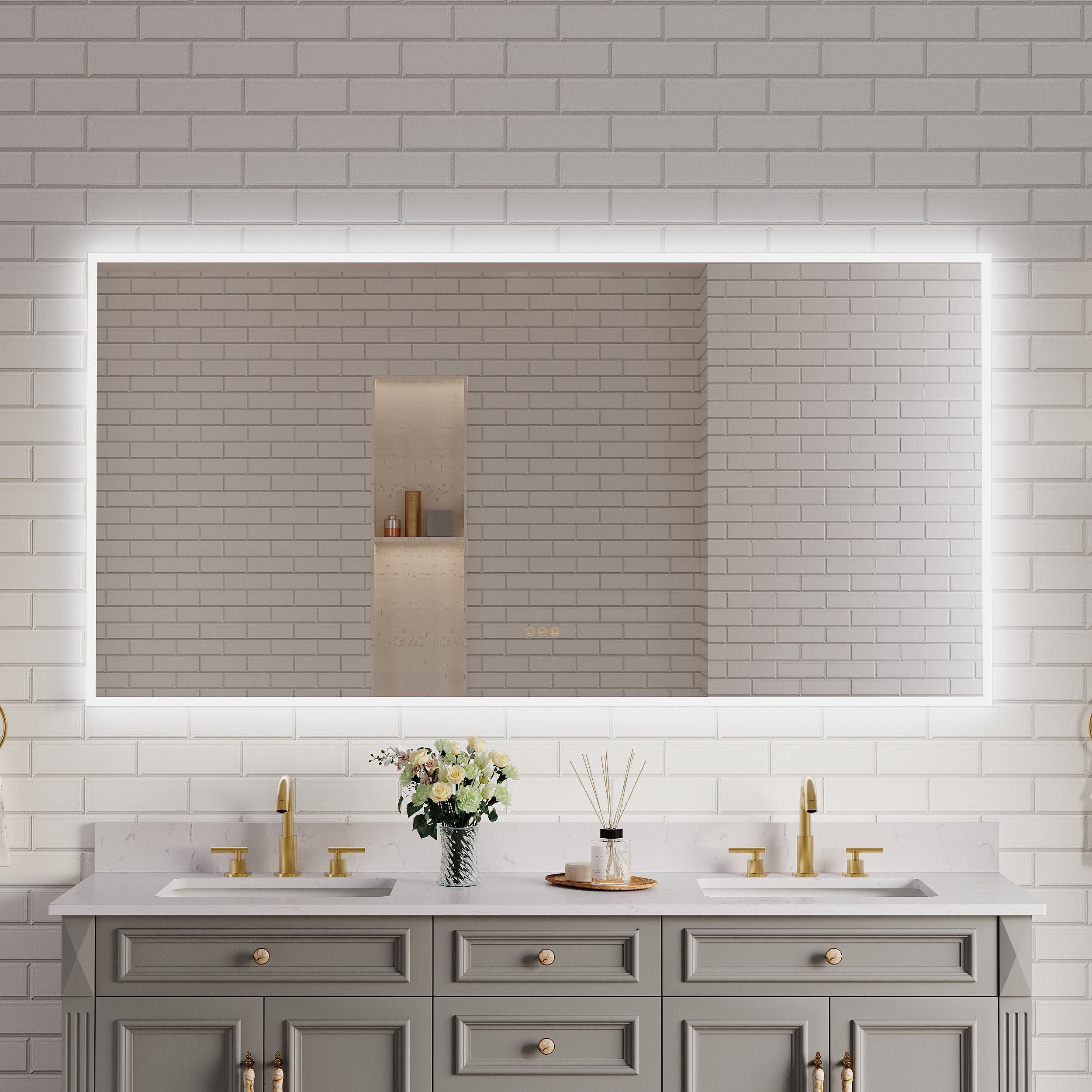





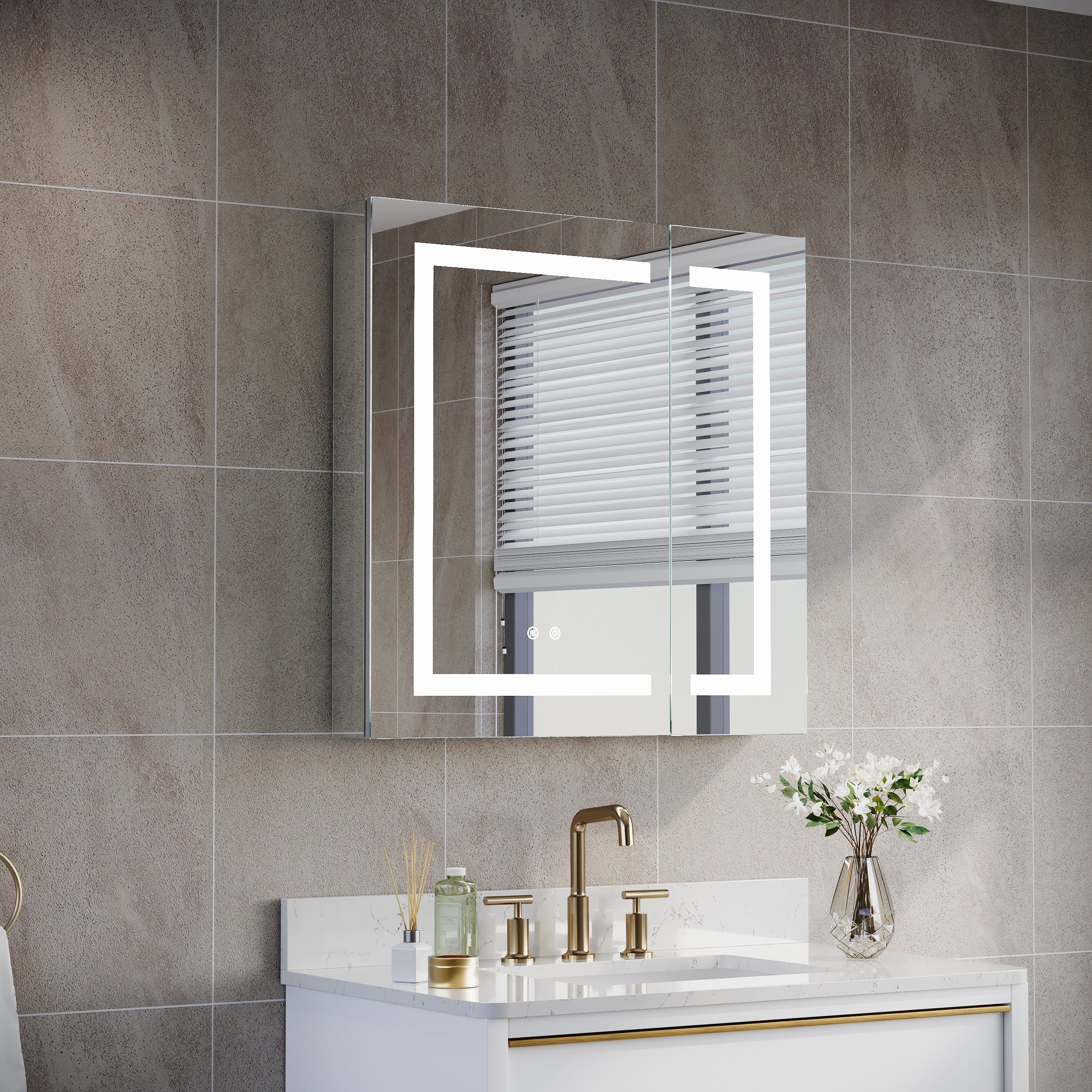
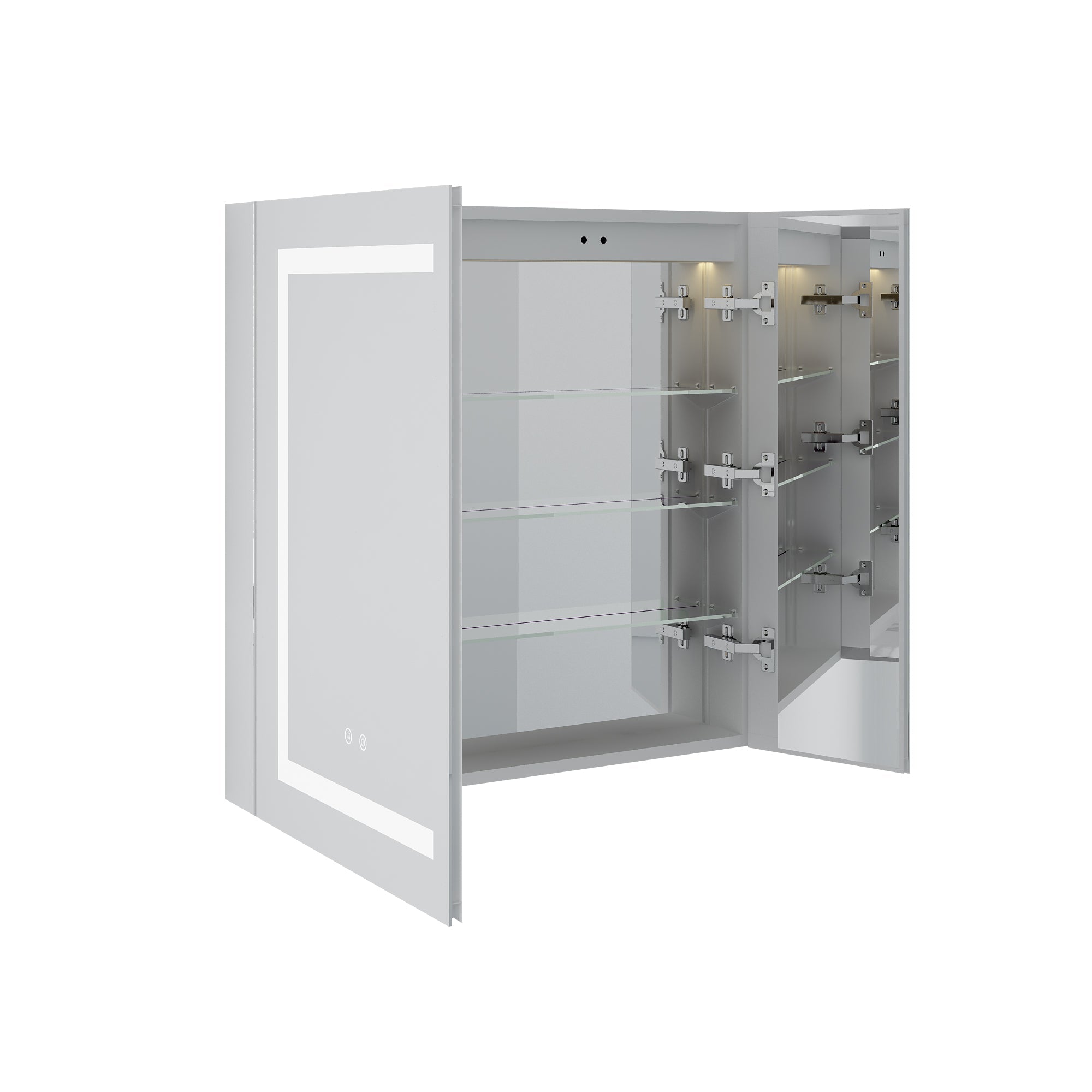




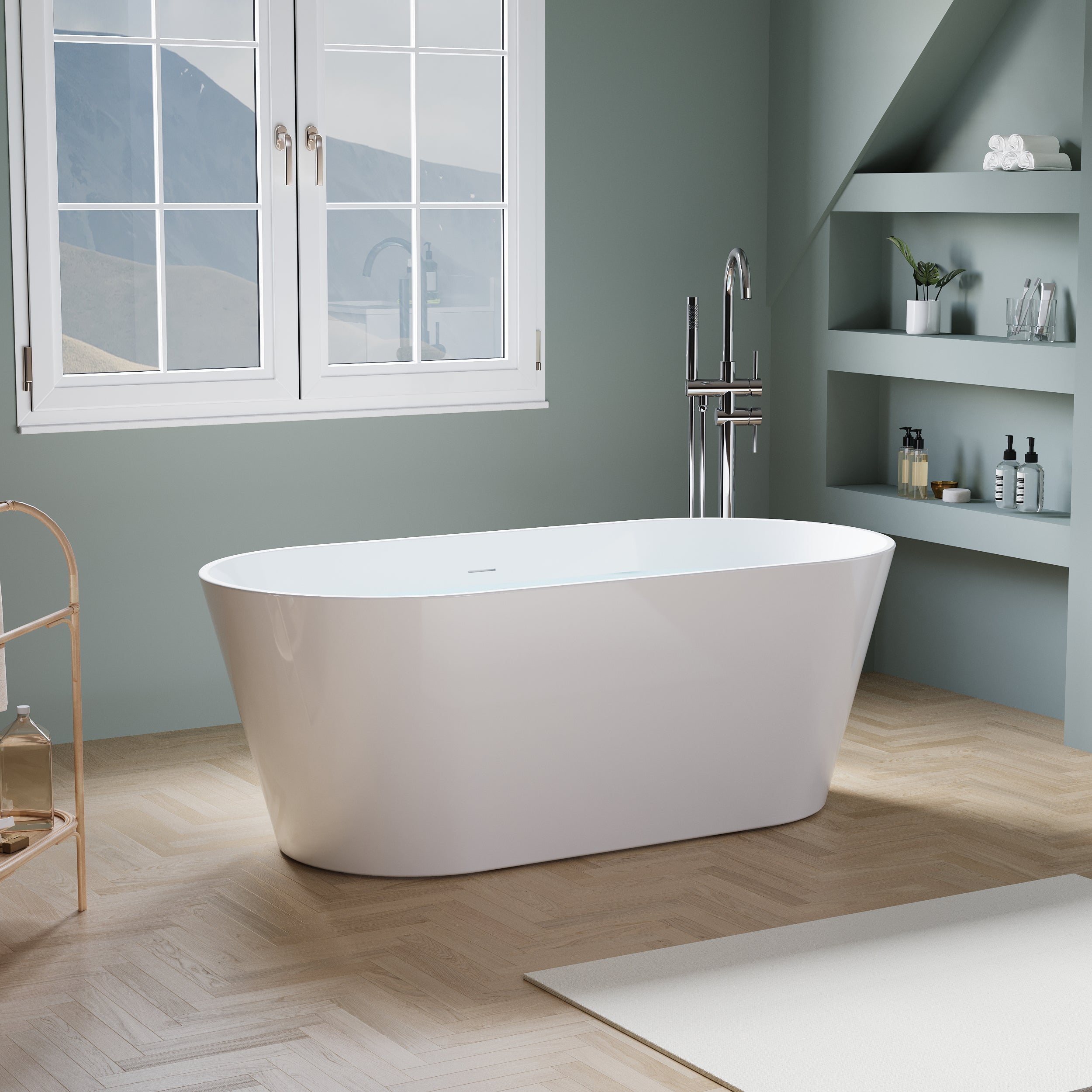
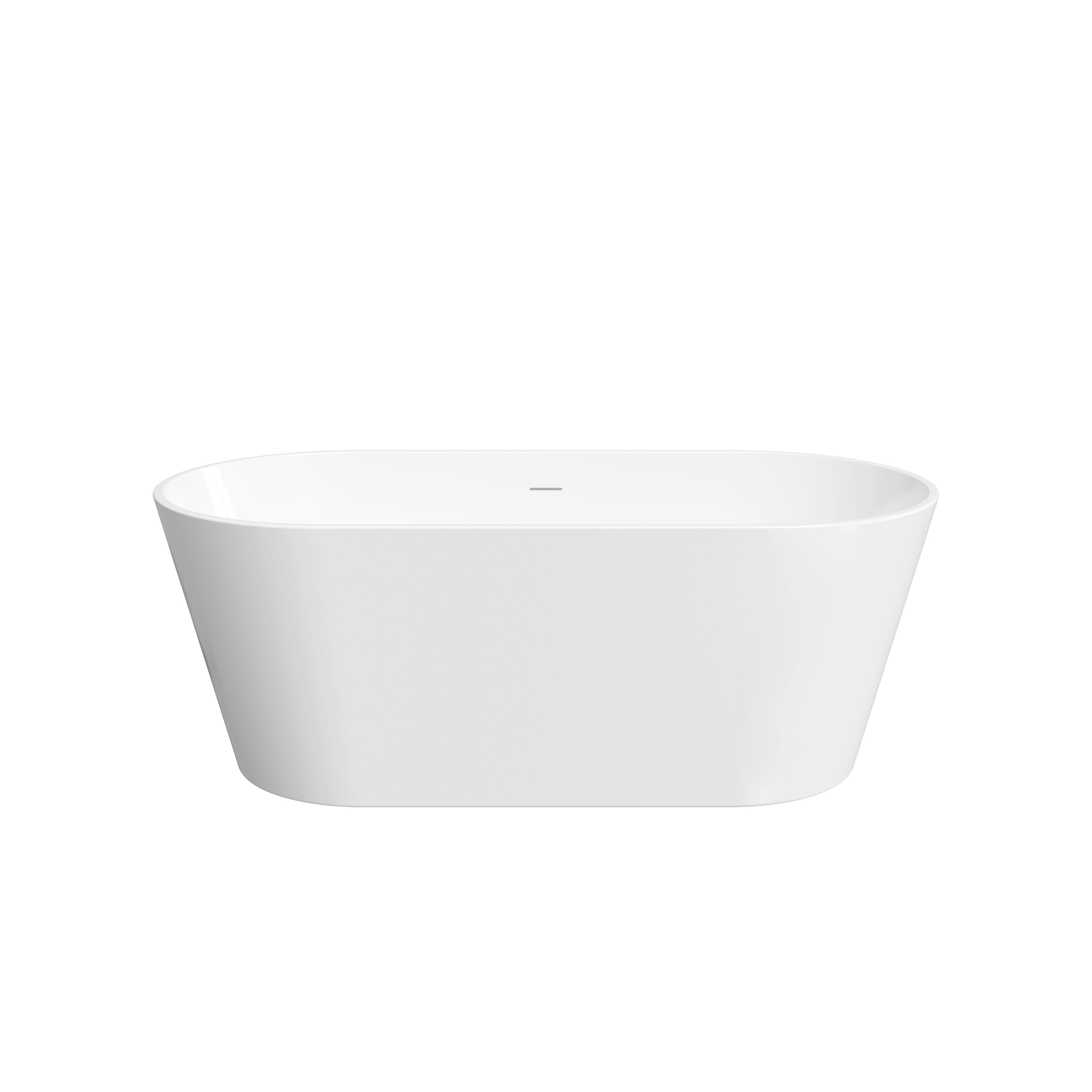


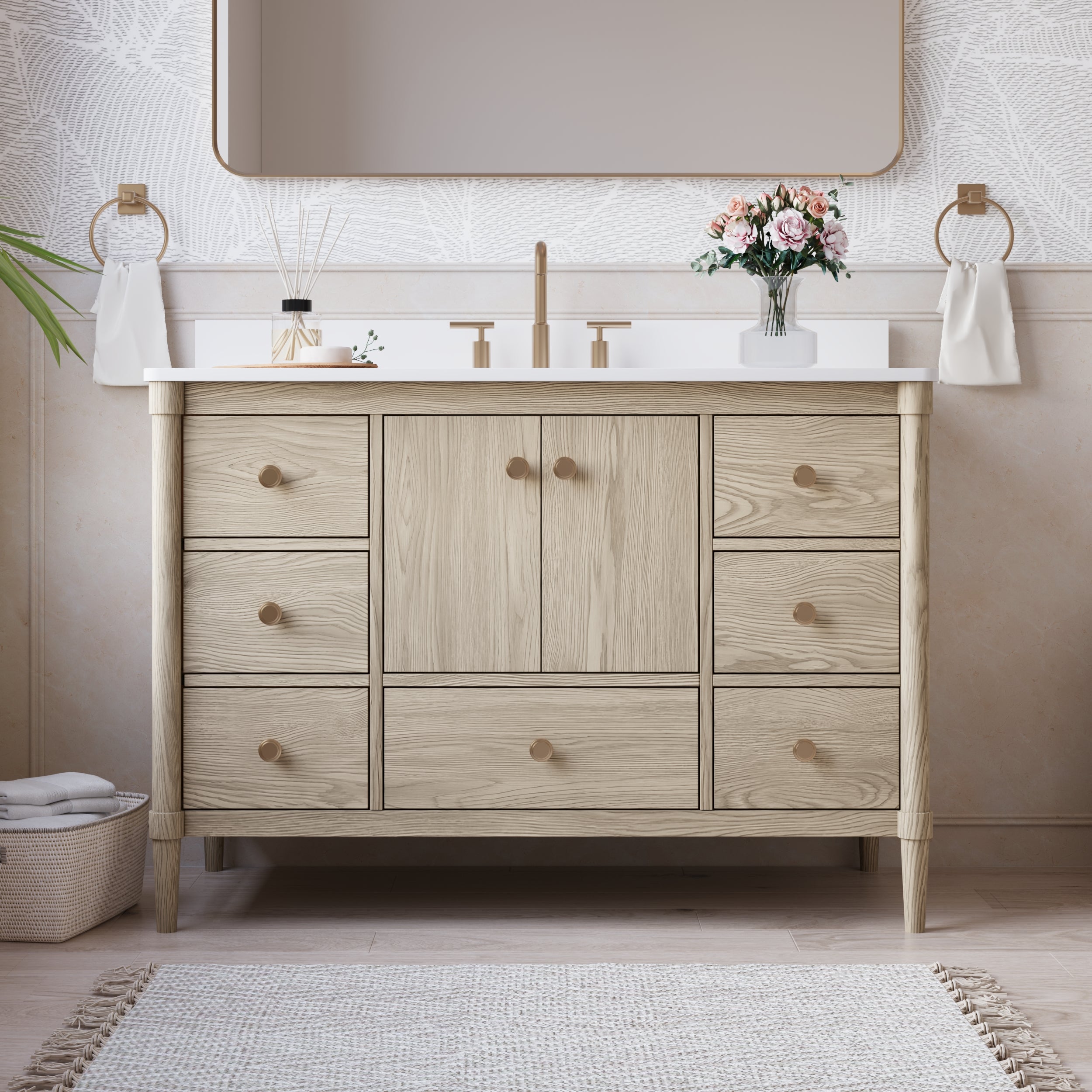
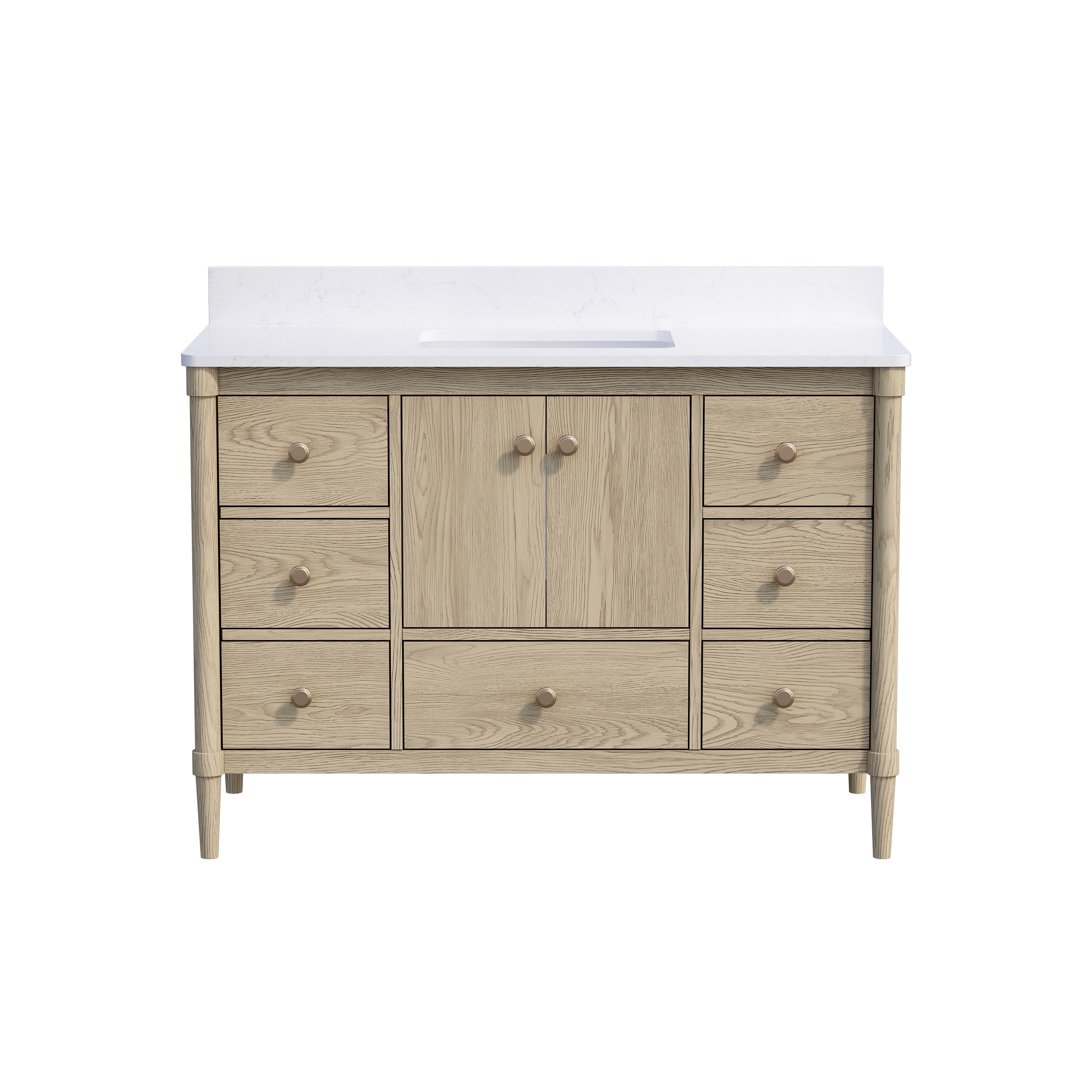
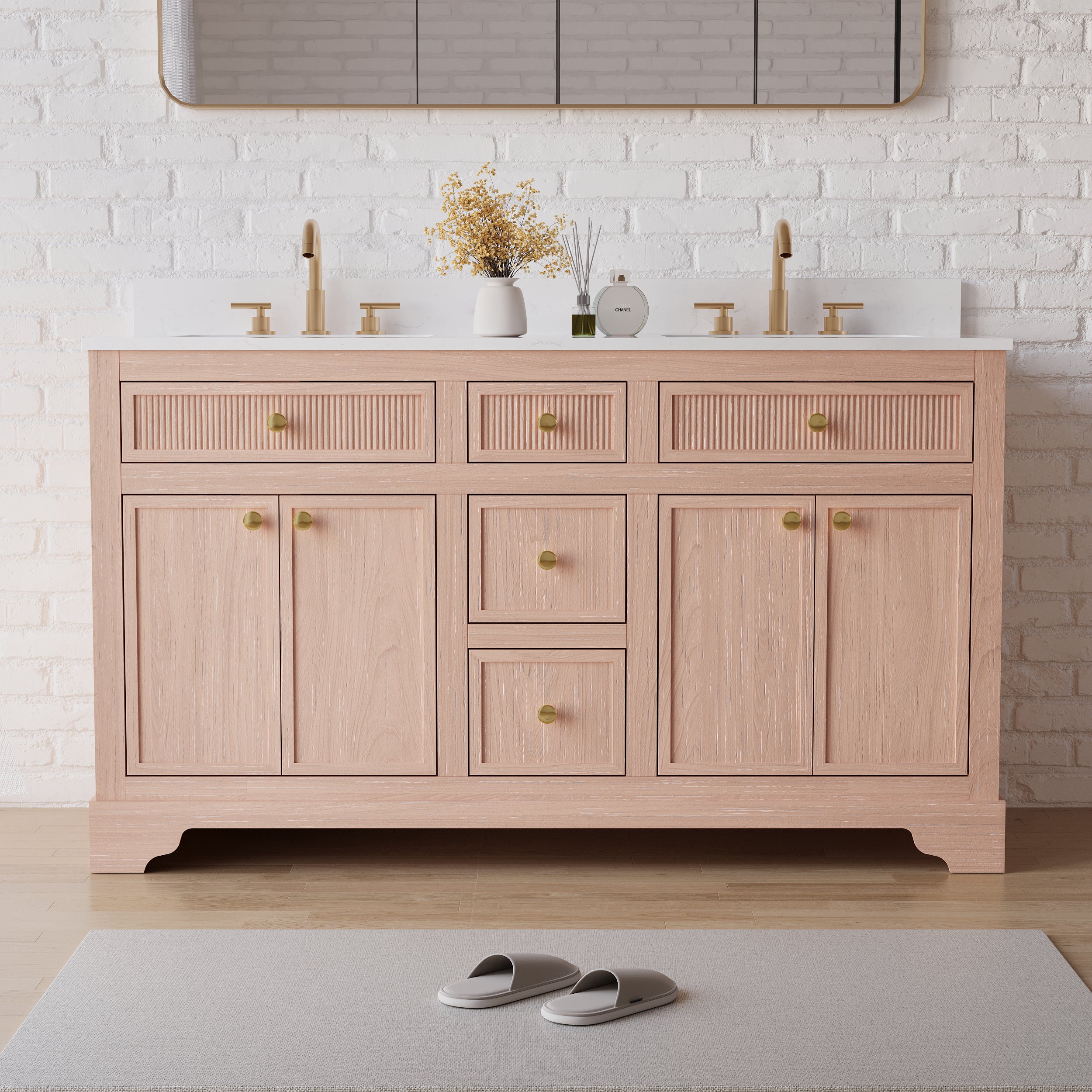
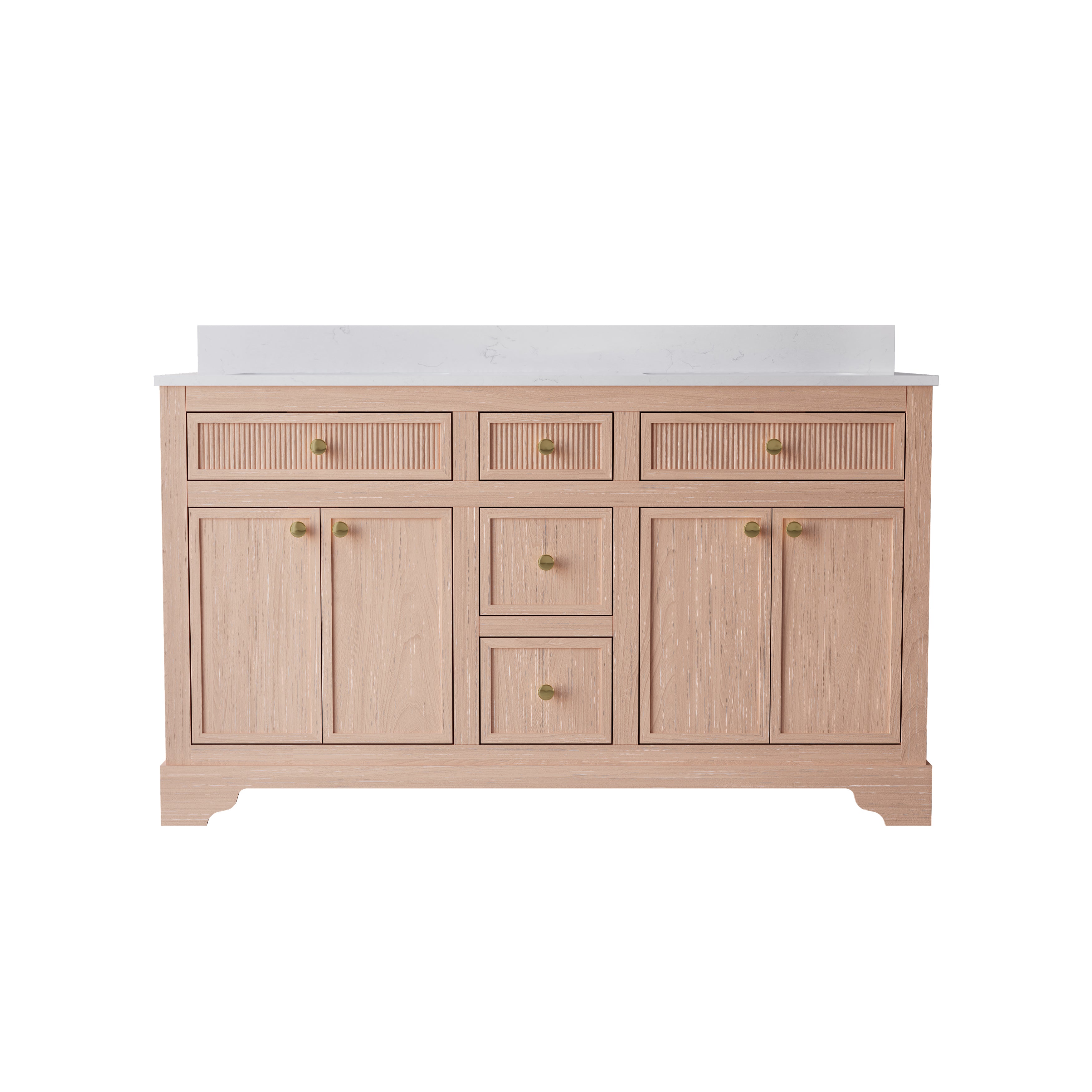
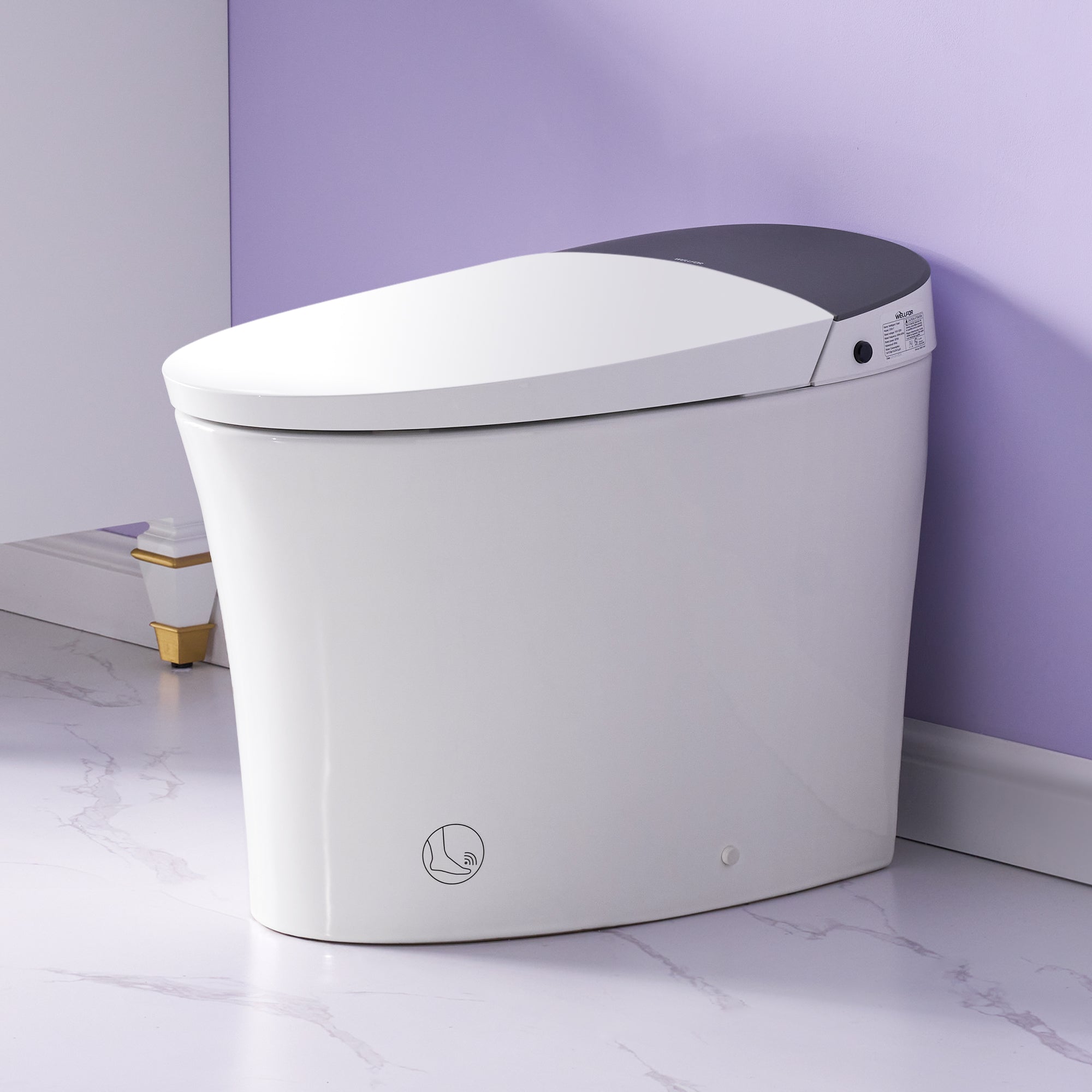
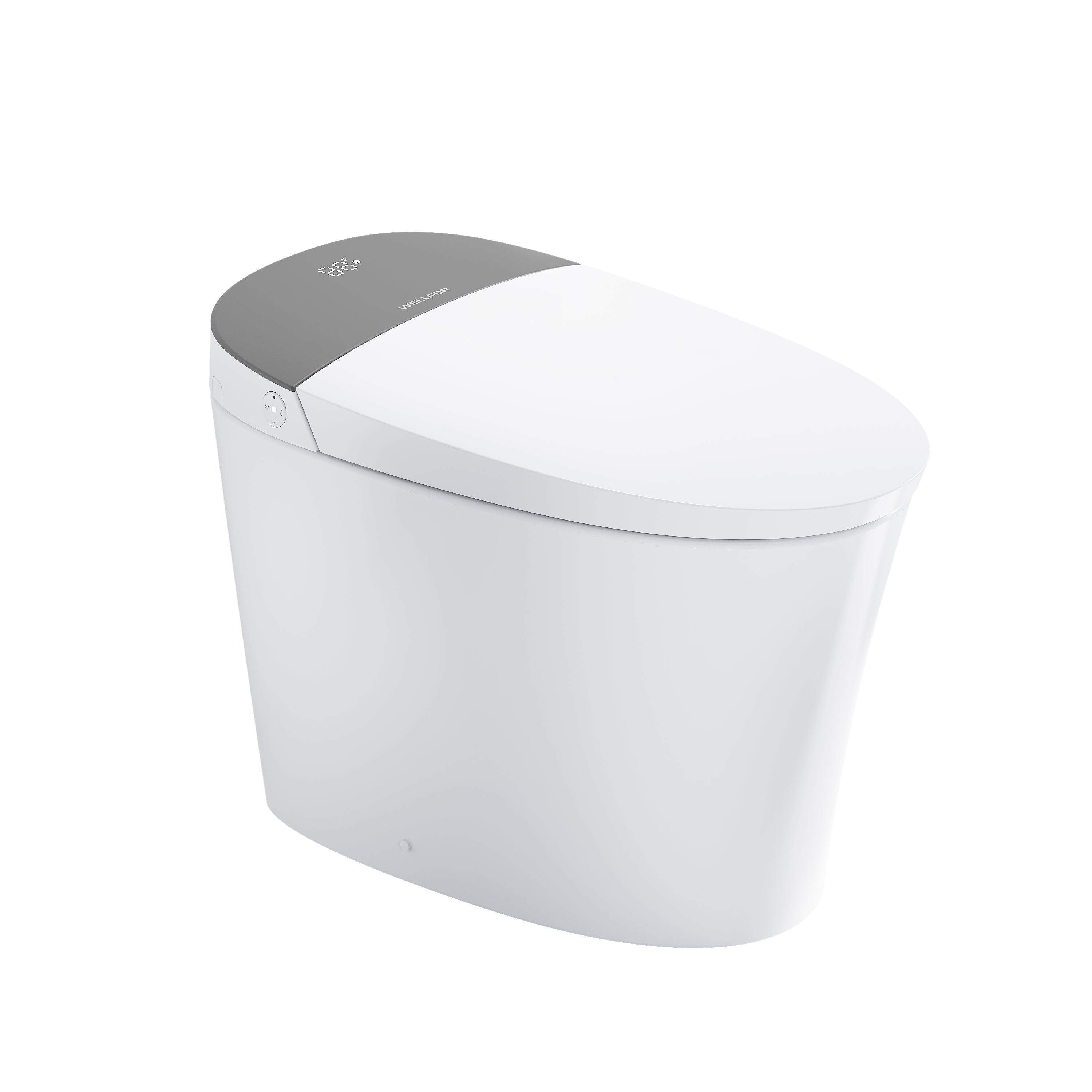
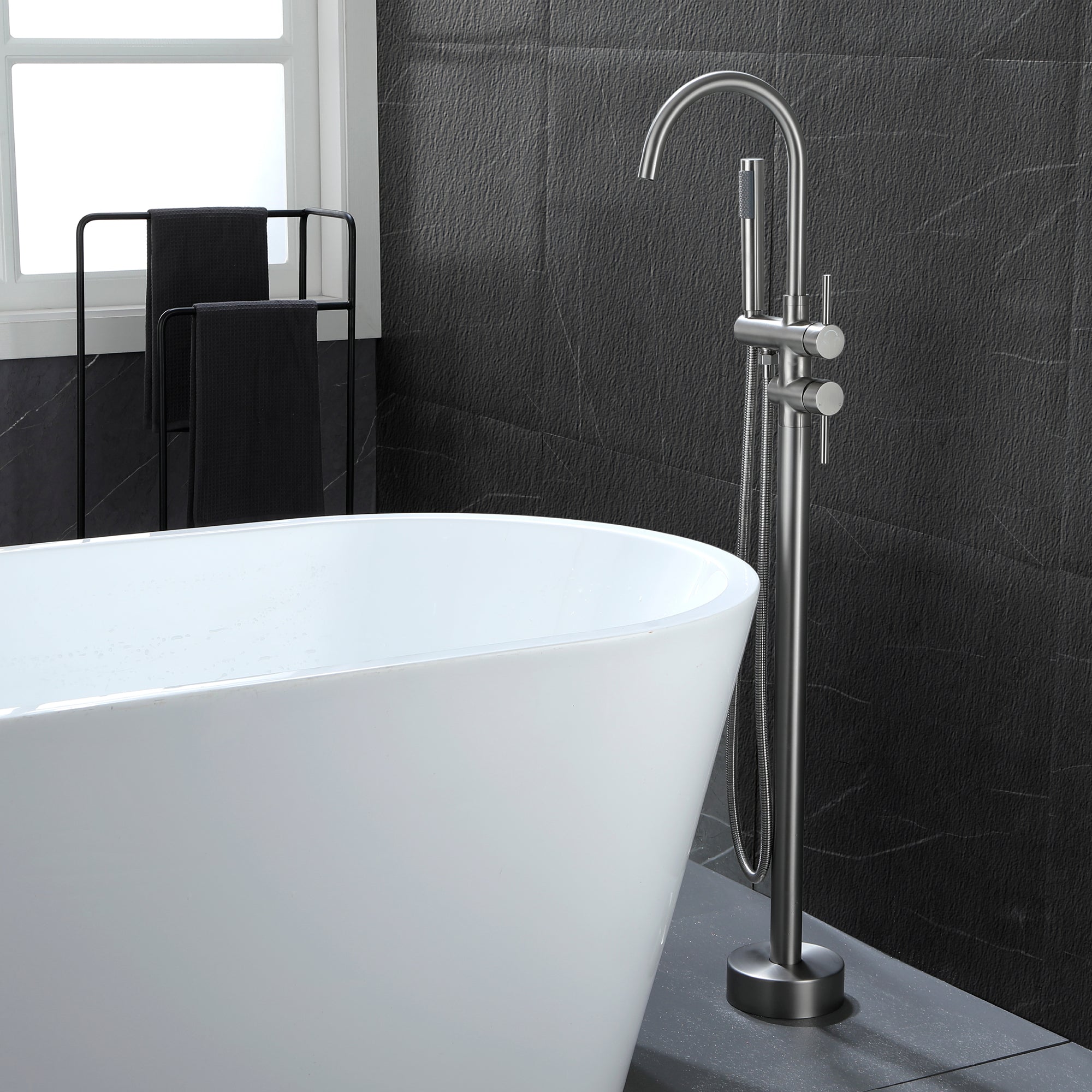

Leave a comment
This site is protected by hCaptcha and the hCaptcha Privacy Policy and Terms of Service apply.